Dear Parents,
It has been a busy and fulfilling new year for us, and time is flying by! We can’t believe how far along our students have come already this semester, and we hope as always that you are seeing the progress at home in their interactions, their words, and their thoughtfulness. As we approach a variety of subject areas, we find ways to build awareness in our surroundings, encouraging students to challenge themselves in different ways with a mindful spirit.
We recently welcomed students who moved up from the Pre-Primary studio this semester, so be sure to check out new children added to “The Cast,” located on the blog toolbar. The transition went smoothly for those children as they had time to get comfortable with our studio during short visits back in December. Our older students have done their part to set a positive example by welcoming the new ones, showing them how to use works and how to care for their environment through actions and conversation. We have a great little community at Indigo, and we are so proud of everyone’s efforts to do their part.
Lessons on Building Social Skills
Everyone is picking up on vocabulary as they practice their social skills on a daily basis. We have a chatty and conversational group (who are learning to take turns and listen to each other), and they all seem very comfortable with each other. In Montessori, we don’t just expect children to use their words – we teach them ways to show kindness, patience, empathy, thoughtfulness, grace, and courtesy. We also believe that good social skills begin with self-love and confidence, along with having the tools to practice mindfulness and to find inner peace.
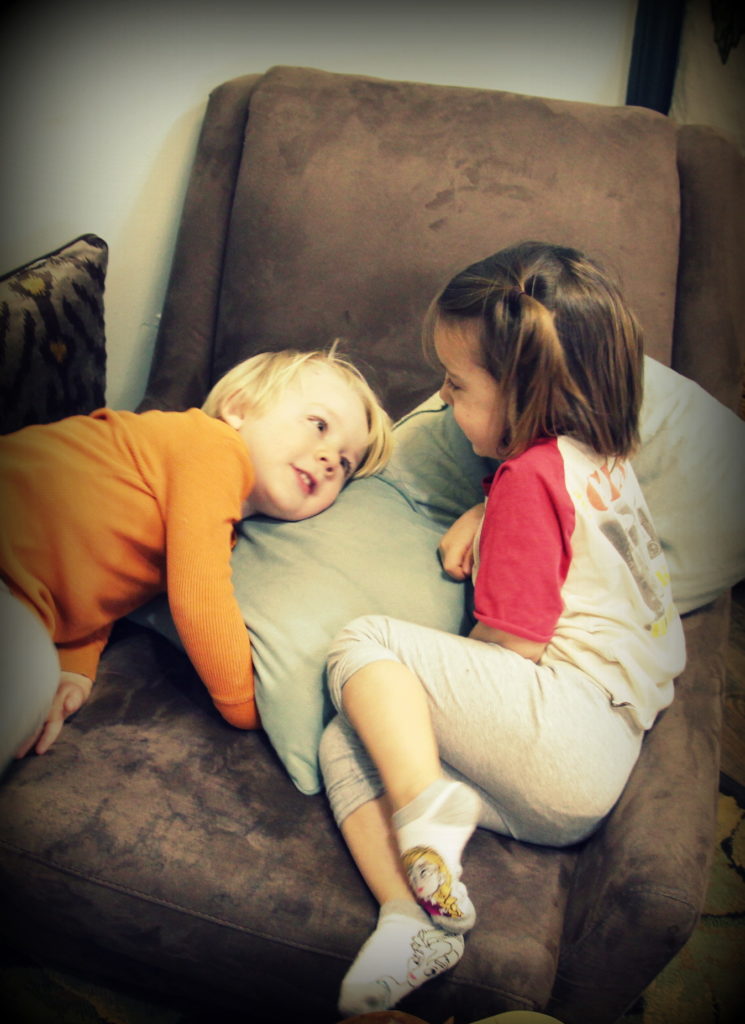
Lessons that we have covered lately which explore these topics include the following:
Being thankful. As I mentioned in the last post, we had some delicate lessons on poverty, and we continue to come back to this topic periodically in different contexts. We also continue to have discussions on reasons to be thankful for our own families and everything you do for your children. During group discussions, children take turns sharing about what they are thankful for in our school environment as well as in the home environment. As our little pupils have been tuning in and learning about being more considerate, many are often eager to share a sweet and thoughtful comment about their environment and the people in their lives.

Behavior in the home environment. As there is an underlying theme in our lessons on how we can show respect, our students have been given many suggestions on how they can show more appreciation for you and their home environment. We hope that you see improvement in the choices of their actions as they take direction and help out around the house.
Being bossy, being a bully, being bullied, and peer pressure. On a regular basis, we are reminding our students about how our tone may sound towards others and how body language is read. We demonstrate in role play what it might sound like if we are bossy and how we might appear if we are being defiant. We work through the emotions that one might feel when being teased, pressured, or bullied. Throughout these lessons, we typically include stock photography of children making mean faces at other children, towering over smaller children, singling out children, and showing defiance towards adults. The visuals help our students to recognize what to look for in these situations, preparing them to use their words and take action if they were ever to feel bullied or pressured.
A gentle tone towards others. We talk a lot about emotions, such as what causes us to feel frustrated, upset, anxious, or angry, so that children can start being more familiar with their emotions and how to manage those emotions as they come. We let children know that it’s normal to feel angry, upset, and frustrated sometimes, but that we need to manage those feelings for a number of reasons. We want to make sure that we are not taking our angers out on others in a mean and bossy way, and that we’re not breaking rules or disrespecting people. In addition, we want children to realize that as these feelings arise, we don’t have to dwell on them. We offer children a variety of simple strategies to find ways to get to a peaceful place in our hearts, such as giving examples of phrases or simple sentences to say gently to others when they need some space. We talk about our tone in general when others approach us throughout the day to bring awareness to the feelings of others, as well as how we might feel about someone else’s tone. We encourage kind and gentle words, explaining that we need to manage those feelings before they escalate and hurt someone’s feelings. This includes many lessons in our cozy area where we show children how to re-center, meditate, use their imagination, and find peace within.

Natural consequences following negative and unsafe behaviors. This is a topic that we come back to often, reminding our students of potential consequences as a way to prevent such behaviors from happening. Again, we use stock photography of other children making disrespectful and unsafe choices through Powerpoint lessons. We recite our “ground rules” of the classroom, and talk about consequences that happen when we break those rules. For example, if a child were deliberately acting in an unsafe way with one of our Montessori materials, they may need to take a breather to reflect on safety and why we have ground rules. We remind our students that we all make mistakes sometimes, and that even if they are asked to “go and think about things,” a short break can be for their benefit so that they can reset and make safe and positive choices in our environment. They are reminded that by taking the time to reflect and work through those emotions, they can get back to the work cycle and still have a good day.


Positive behavior. After talk of all of the negative behavior, we make a point to talk about the positive behavior that we see, presenting them with a slide show of photos including all of our students working hard during a work cycle. Being acknowledged for positive behavior goes a long way as our students sit up a little straighter, taking pride in their healthy choices. Needless to say, they are always excited to see pictures of themselves. After we have made some positive remarks about each child in every photo, we then send send our students into the work cycle, excusing them one by one and thanking each child for showing respect during the discussion. They all appear very proud and eager to get out there (into the work cycle) and start their day with a “challenging work,” as they like to say.

Lessons on Various Subject Areas of the Studio
We have offered a variety of lessons on hands-on materials in every subject area of our classroom including botany, zoology, science, history, geography, culture, math, language, sensorial, practical life, yoga/dance, and the meditation/peace/cozy area. We tend to teach many of these lessons in no particular order to keep our students curious and interested. Below are just some of lessons that we have already covered since the new year:
Botany
- Planting & caring for plants in the classroom
- Parts of an apple & the life cycle of an apple
- Flower cutting & arranging in the classroom



Zoology
- Animal kingdoms
- Names of some adult females, adult males, and baby animals in the mammal kingdom
- Names of body parts of a fish & a turtle

History
- Dinosaurs, sorting herbivores/carnivores
- Durham, NC landmarks
- Story behind Valentine’s Day: A suggested history of St. Valentine (focusing only on the light-hearted parts of the story to stay on the theme of love)

Science
- Planets & order of planets that orbit around the sun in our solar system
- Liquids, solids, and gases, continued (from last semester)
- Density of particles in natural & synthetic objects (e.g., a piece of metal vs. a synthetic & porous sponge)
- Introduction to the Table of Elements (yes, the Periodic Table!)
- Our moon cycle
- Exploring the invisible spectrum of light, how colors are absorbed and reflected, and how rainbows are formed
- Color mixing with a light board
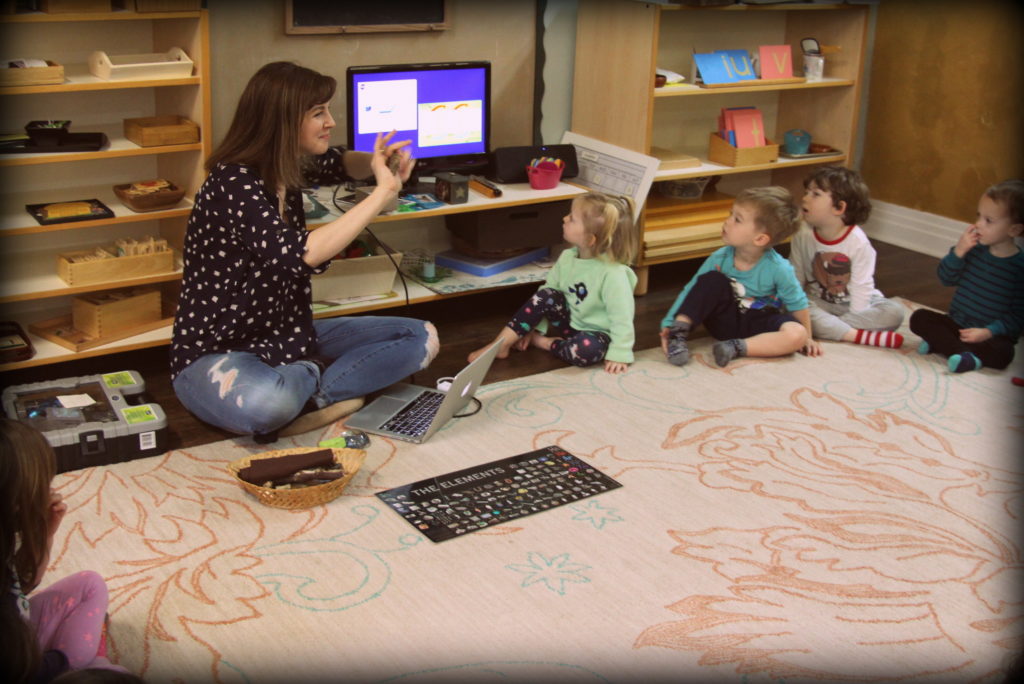

Geography
- Landforms, continued
- Air/land/water sorting
- Wooden continent map puzzles
- Rocks, minerals, shells, and wood found in nature
Math
- Digits & quantities 1 – 10, continued
- Single digit fractions
- Introduction to clocks & time
- Older students: teens, tracing or writing numbers, simple addition or subtraction, 100 board, counting by units, 10s, 100s, & 1000s


Art
- Cutting along a line with scissors
- Tracing/drawing/coloring
- Introduction to interior decorating
- Collage art

Language
- Tracing or writing letters
- Vocabulary cards such as words that rhyme with each other
- “Beginning sounds mugs” containing objects that begin with a (lowercase) letter, continued
- Sandpaper letters, continued
- Sequencing & storytelling with cards and materials, continued
- Older children: matching beginning sounds imagery to the lowercase letter, lessons on sounding out 3 lettered nouns, tracing letters in the sand, metal insets (stencil tools that compliment the shapes of lowercase letters), story telling booklets


Music & Movement. Note – instrumental music is nearly always being played in the background on speakers during our work cycles to add to the peaceful and productive ambiance.
- Piano lesson – intro. to sheet music & key of C, continued
- Lesson on instruments at the music table
- Music & movement at circle time
- Free movement & yoga area, continued
- Sing along songs: Yellow Submarine, Black Bird, I’m feeling Good, Somewhere Over the Rainbow, We are the World, Smile, Oh What a Beautiful Morning, Moon River

Practical Life
- Handling fragile materials such as glass & ceramics, continued
- Transferring objects with utensils such as tiny spoons and ladles, tongs such as tweezers, continued
- Sorting objects by size, shape, color, or type
- How to use thumb tacks & push pins on a cork board
- Handling sewing pins
- Modeling with clay
- Pouring water with tiny pitchers
- Opening and closing containers
- Screwing and unscrewing with a screwdriver
- Sewing (introduced back in December, but hoping to revisit this activity later this school year)
- Caring for a baby


Sensorial (isolating the senses). Note – blindfolds are optional for most of the materials below to help isolate the senses while sorting the following:
- Thermic tablets: exploring different temperatures, textures, and weight
- Scent bottles: matching scents by the sense of smell
- Pressure cylinders: matching different air pressures
- Color grading (from lightest to darkest and vice versa) by sight
- Binomial cube puzzle: building a cube with smaller cubes and rectangular prisms
- Geometric solids & shapes: names of geometric solids and shapes found on them
- Extensions on cylinder boxes: Matching the thickness of each cylinder in one box to those of different heights in another box
- Extension of knobbed cylinders & knobless cylinders: sorting & combining the dimensions

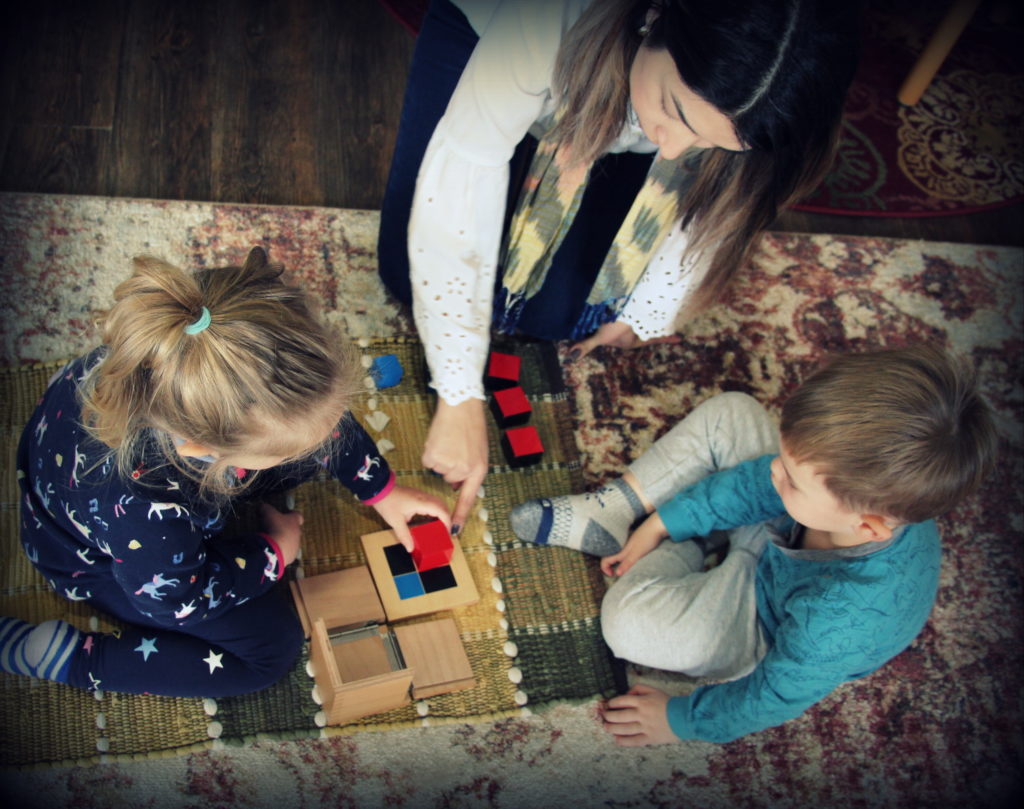


I have categorized the above lessons by locations in the classroom where children can find the material during work cycle, but many of the subjects that we teach tend to fall under other subject areas. Children are also learning that some of the original Montessori materials can be combined with others through extensions.
Some of these concepts and lessons might sound tough for children to wrap their heads around, but it doesn’t mean they aren’t ready to hear them. While we do our best to simplify complex topics, we do not expect our students to comprehend everything that we are talking about. It is our belief that the positive experience and exposure opens up the doors for curiosity and interest. After a good lesson, children are quick to explore the materials during the work cycle, and often times, we are impressed to see how much information they actually consumed.
Library Books
Our library area is always full of books, rotated out from the library every two weeks. The books we choose are packed with real life photos of the world, and our students love to flip through them! Many of the books we choose would be considered reader books for a higher grade level up to 6th grade or so, which supports our theory on exposing children at an early age. As we follow the interest of our students, we often get ideas for lessons from the books that they keep asking about. Many of the books are conversation starters for story time with Ms. Jennifer as children gather for one last closing circle time every afternoon. Sometimes we have to tame the children as they beg her to read their favorites, reminding them that we only have time for so many per day!


Celebrations of Lives
Thank you to everyone who has participated thus far to help us in learning more about your child’s life! We hope that if you have had a celebration of life, that you enjoyed your time with us as we really appreciate your help to make this a special ritual.
Please read more about Celebrations of Lives, also located in our “Extra Extra” dropdown menu, to learn more about how we schedule celebrations, why they are not considered birthday parties, and how we keep them special.
And Thanks as Always for Providing Healthy Snacks!
Our students look forward to a self-serve snack area as they take turns eating cafe-style, throughout the work cycle. We make sure that every student takes a break at some point in the a.m. to participate. They have all thoroughly enjoyed the healthy snacks, along with the opportunity to take a break in the day to chat with peers seated next to them. Your children take pride in preparing their own snack, serving themselves water, cleaning up after themselves, and (believe it or not) washing their own dishes.
Your participation is always appreciated in taking a turn to provide snacks for our students so that they may enjoy this positive experience where they practice social skills and independence.
Work Cycles & More
I realize most of you are probably scrolling quickly to get to this point, and I don’t blame you! Your children are adorable and working very hard. We hope that you can find the time to open this blog up on a laptop or desktop computer for a bigger screen to view with your child, so that you can both see in detail what the children are working on. We encourage you to have an open discussion with your child to get them talking about the photos of themselves, including the many other photos of their peers, since your child likely had a lesson on the same material they are using (unless a prerequisite is required or the material is meant for older students).













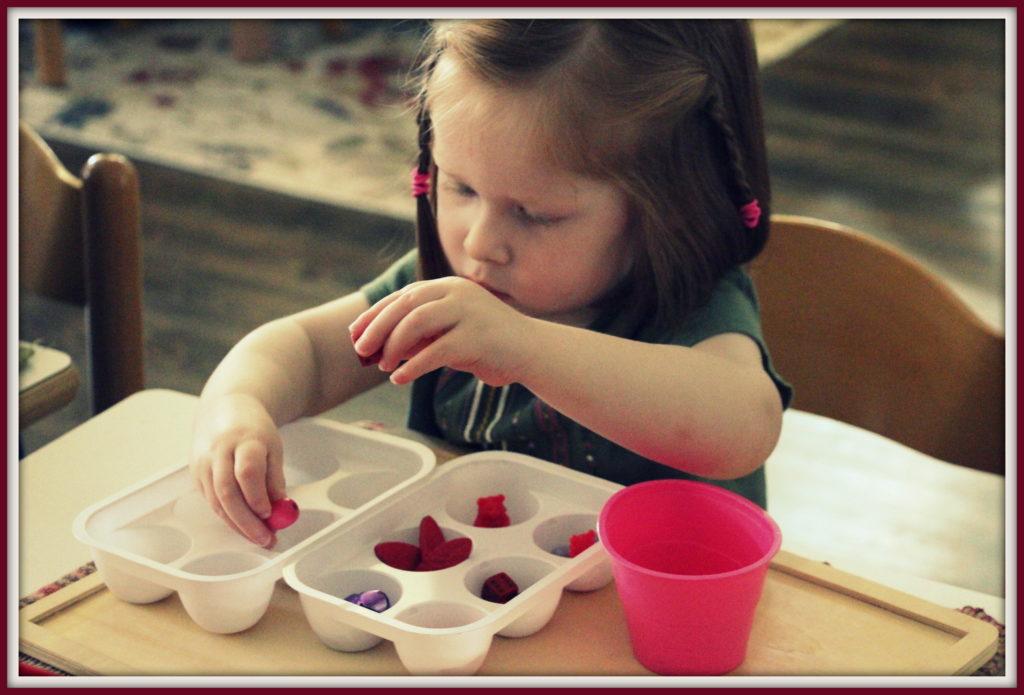


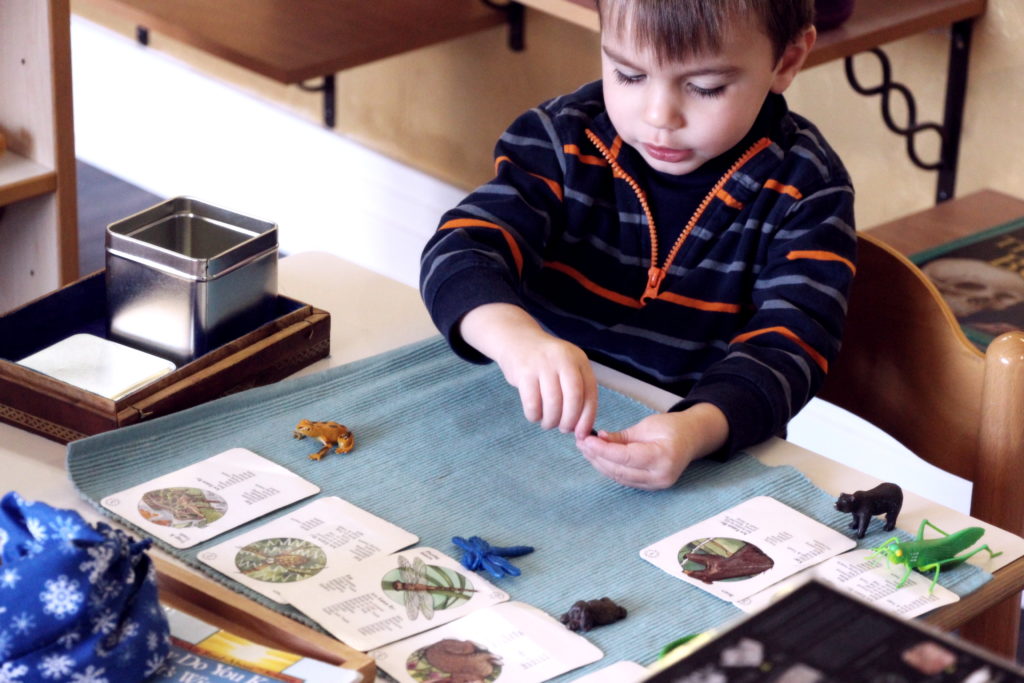
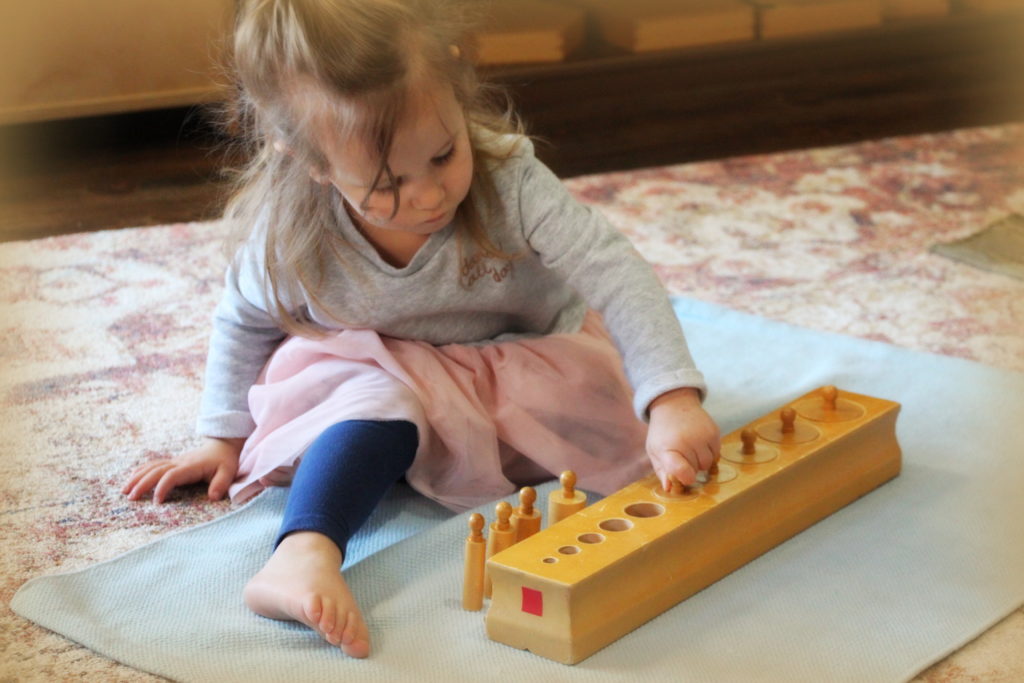






6 




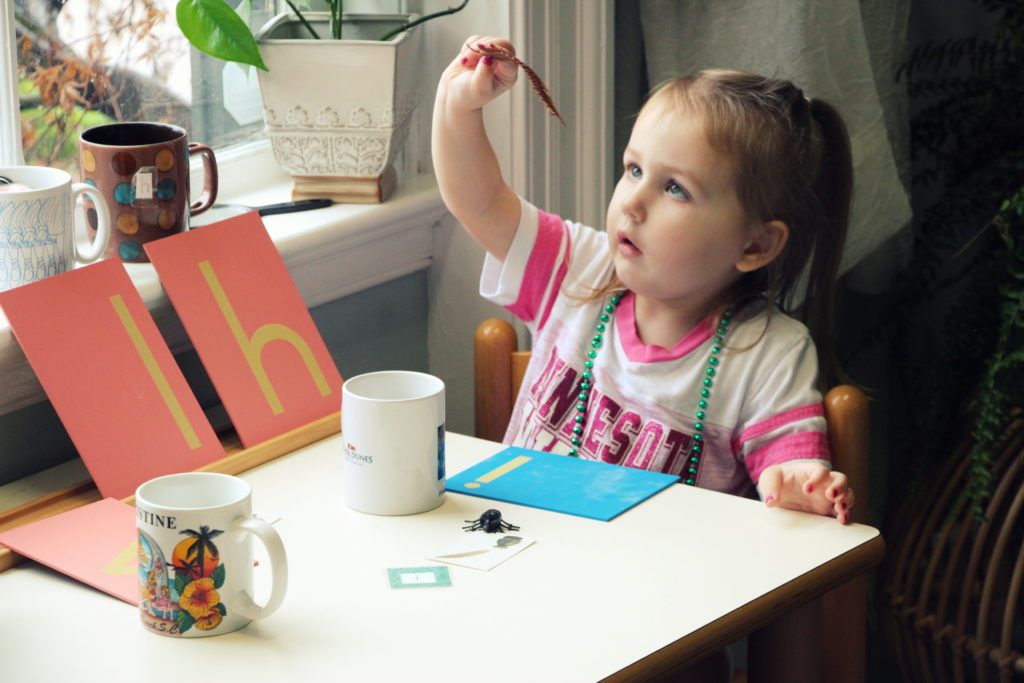




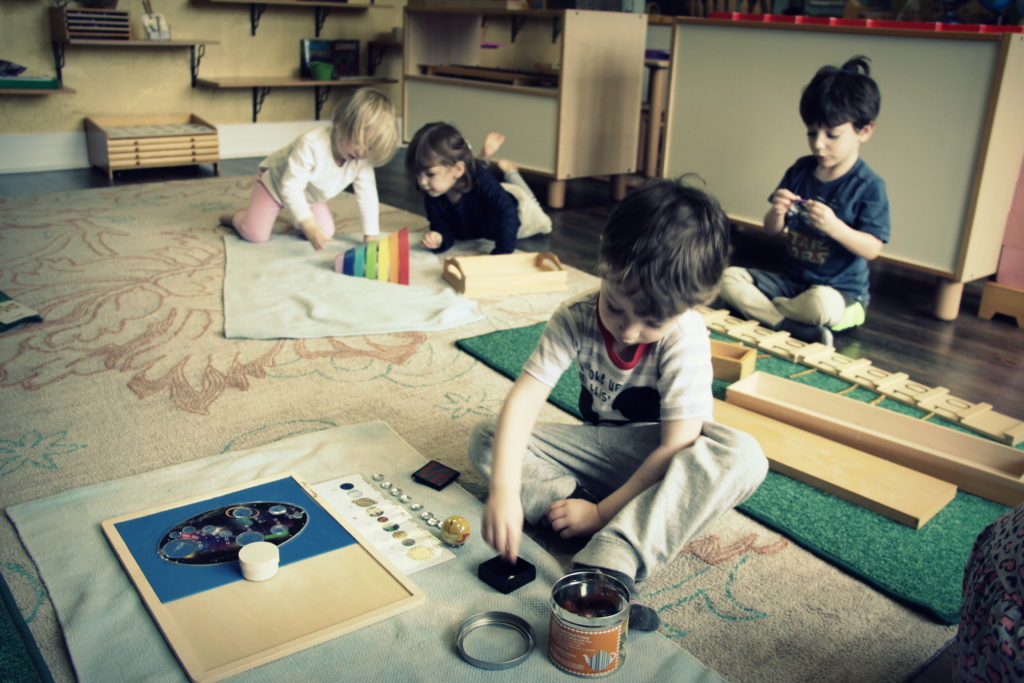
And just to wrap up, some more photos of circle time lessons. We are very proud of our students and how well they tune in to listen and learn.
We appreciate your participation in sharing these photos with your child, since it is helpful for your child to reflect on their days as they are reminded of the many opportunities in the classroom, how to handle materials, the relationships they have with peers, and much more. But most importantly, browsing through the photos together is good quality time for you and your little one. Thank you so much for your support and we hope this was helpful.
I wish you all a lovely week!
Angelique


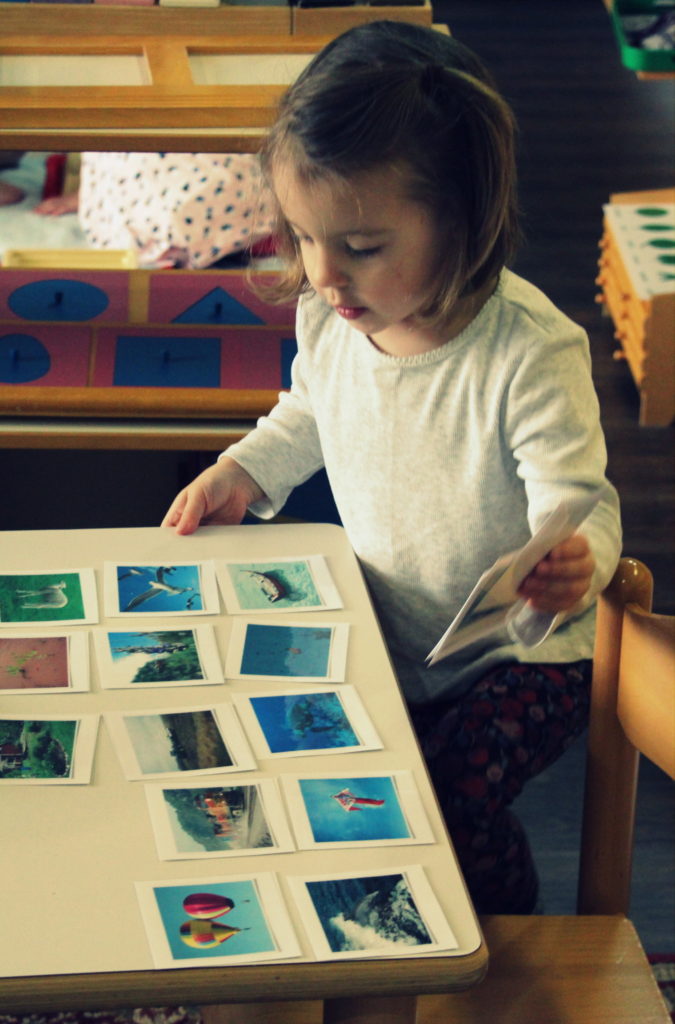












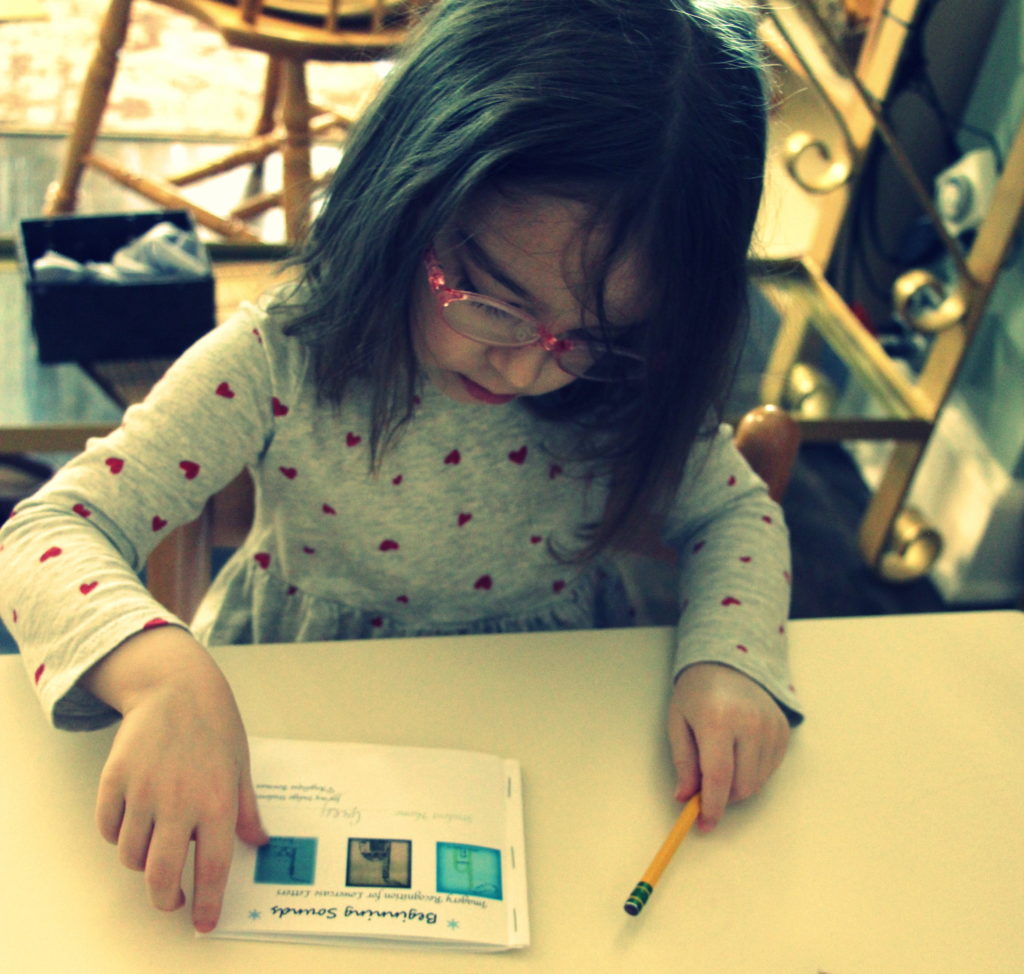





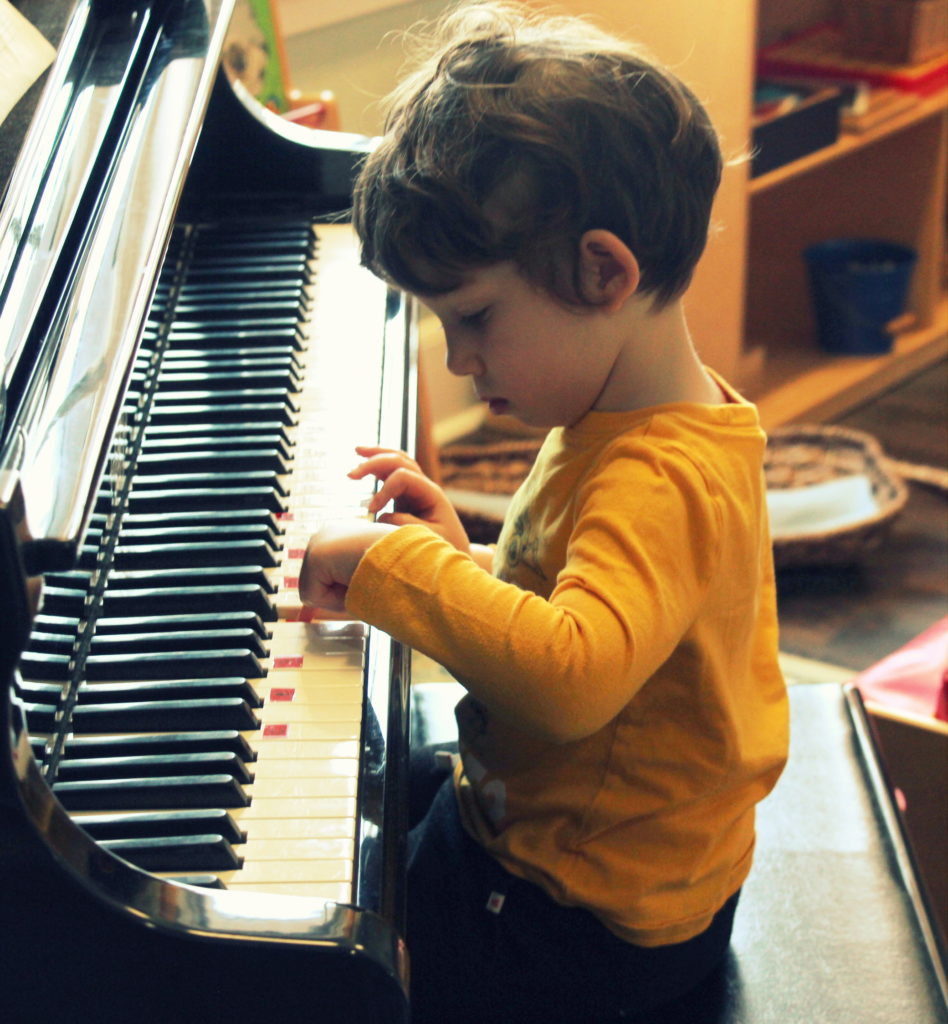
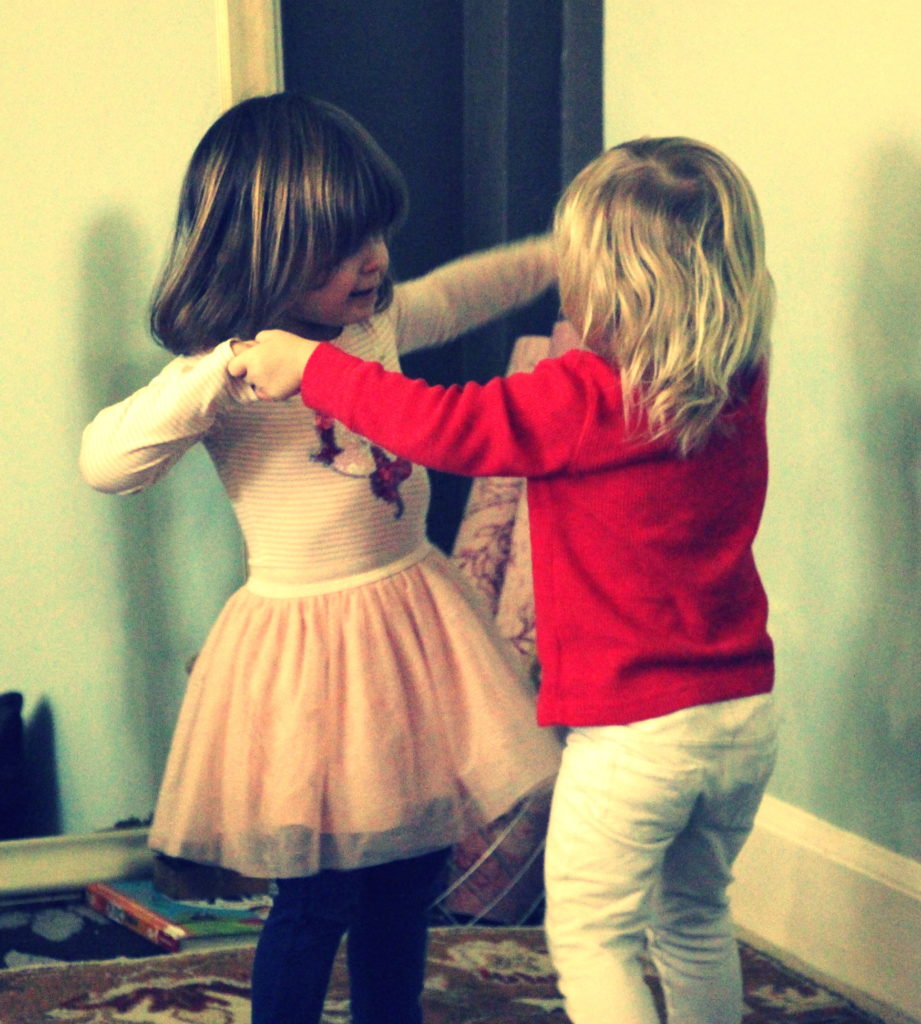
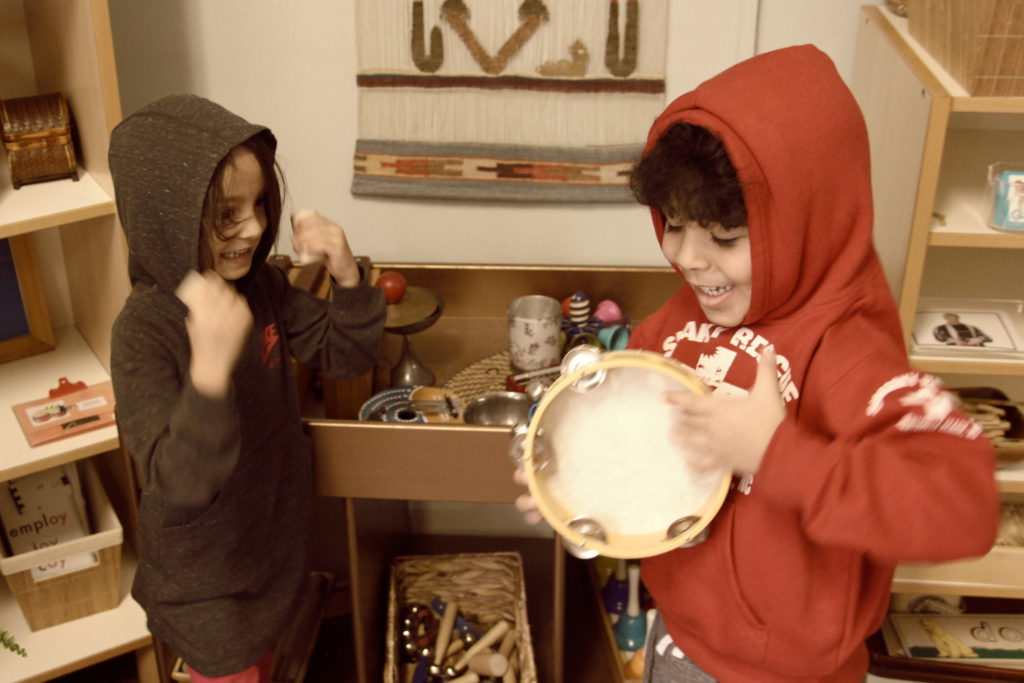



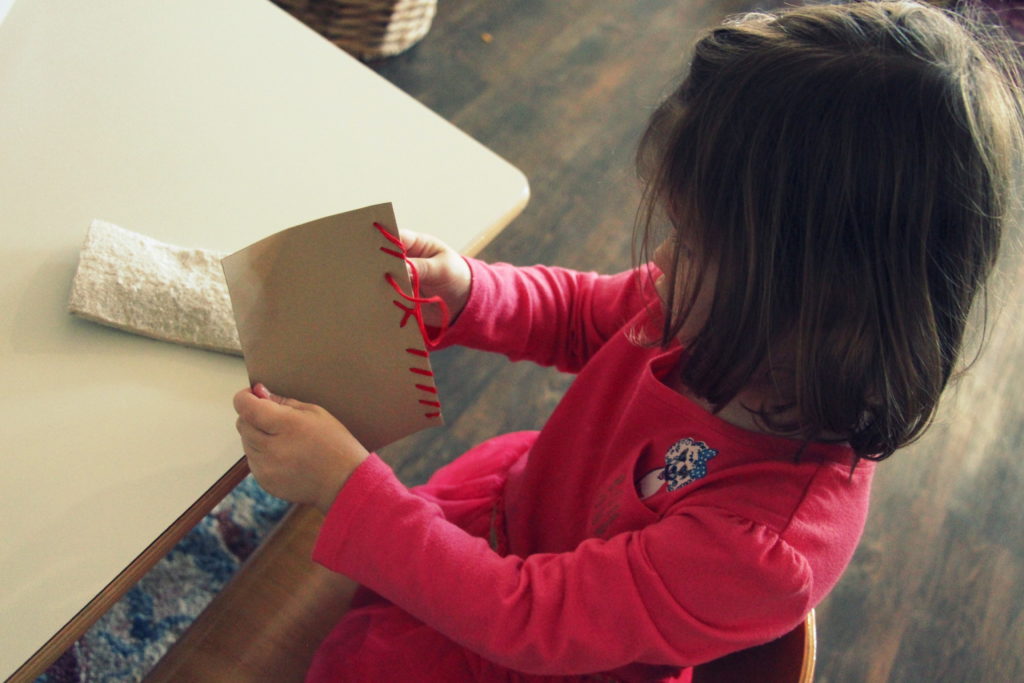

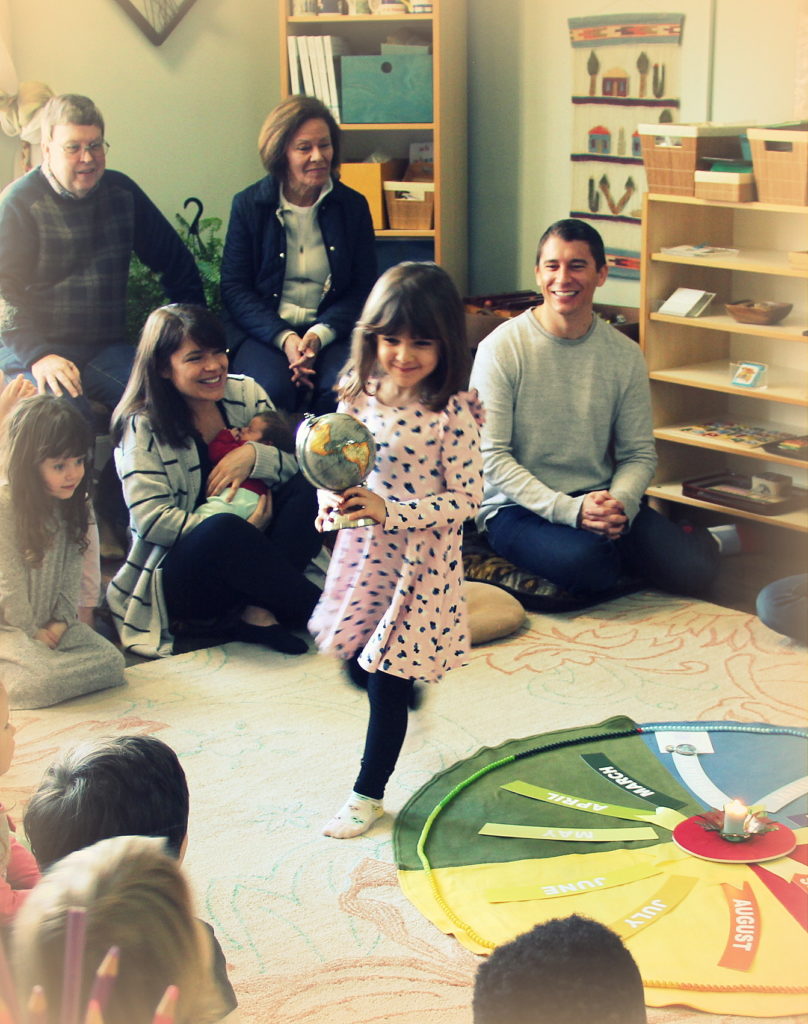


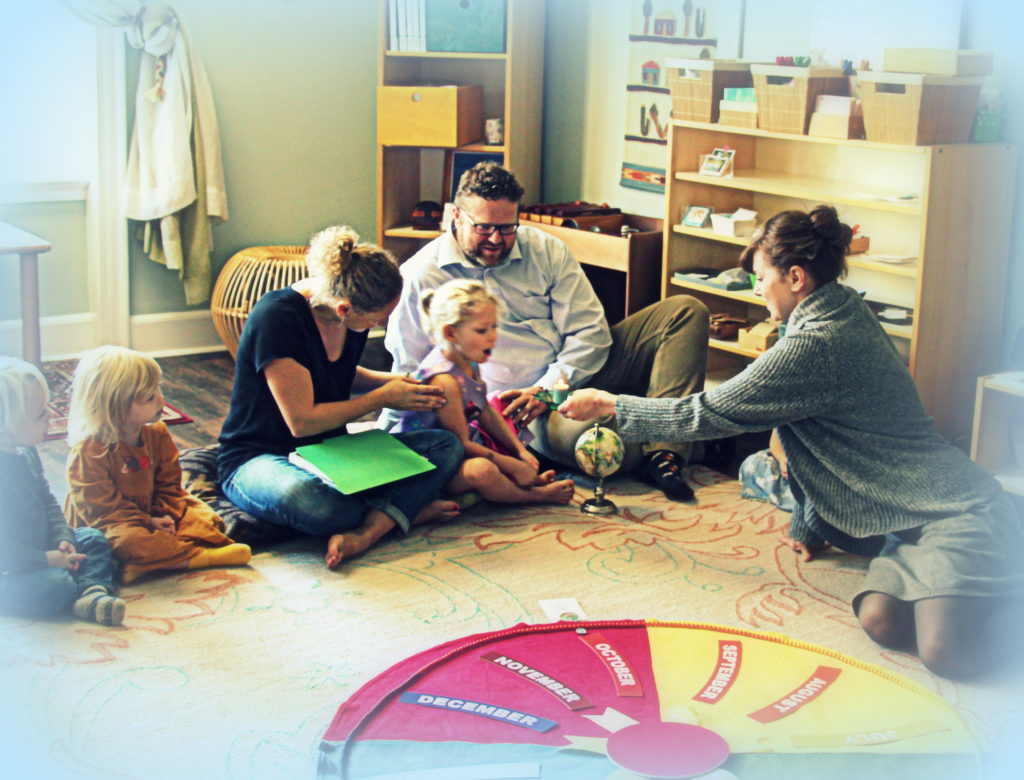





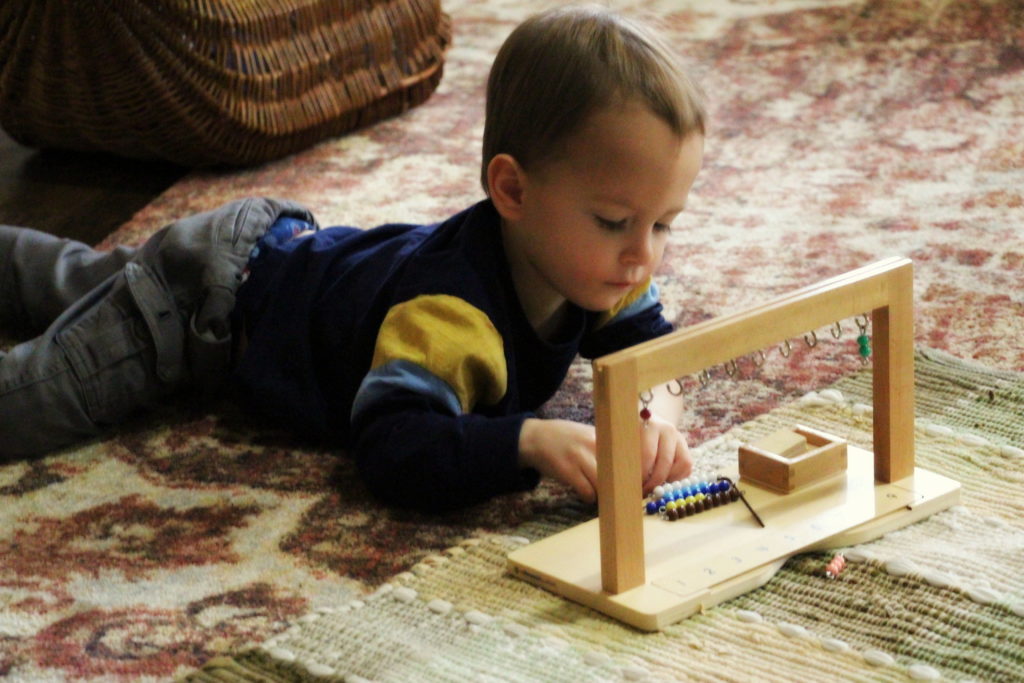


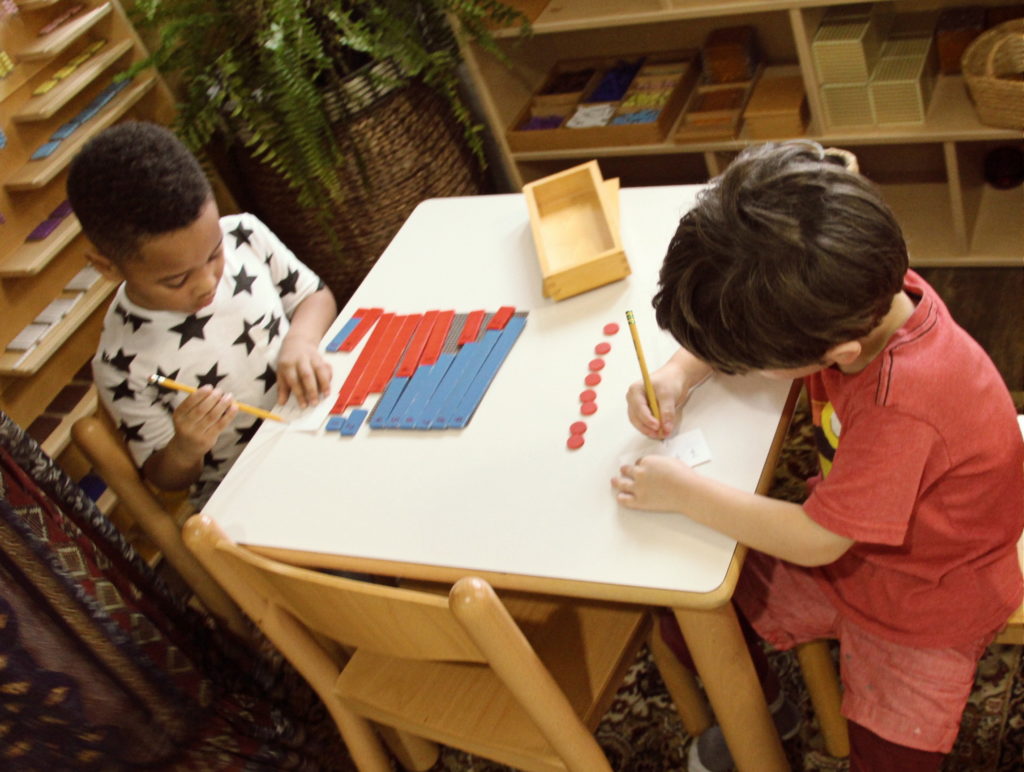
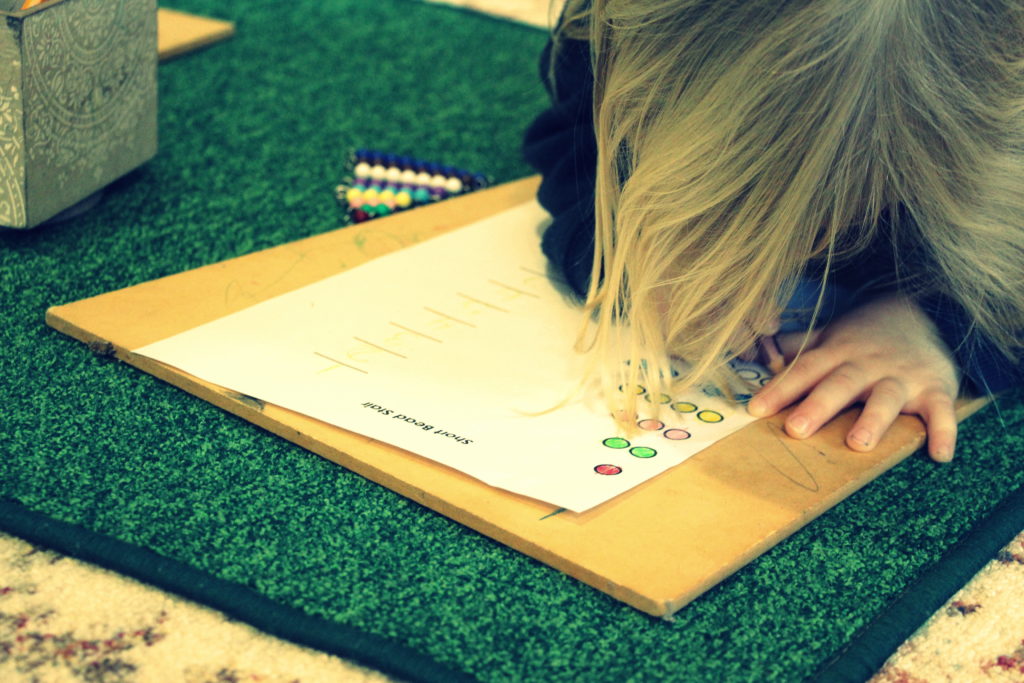

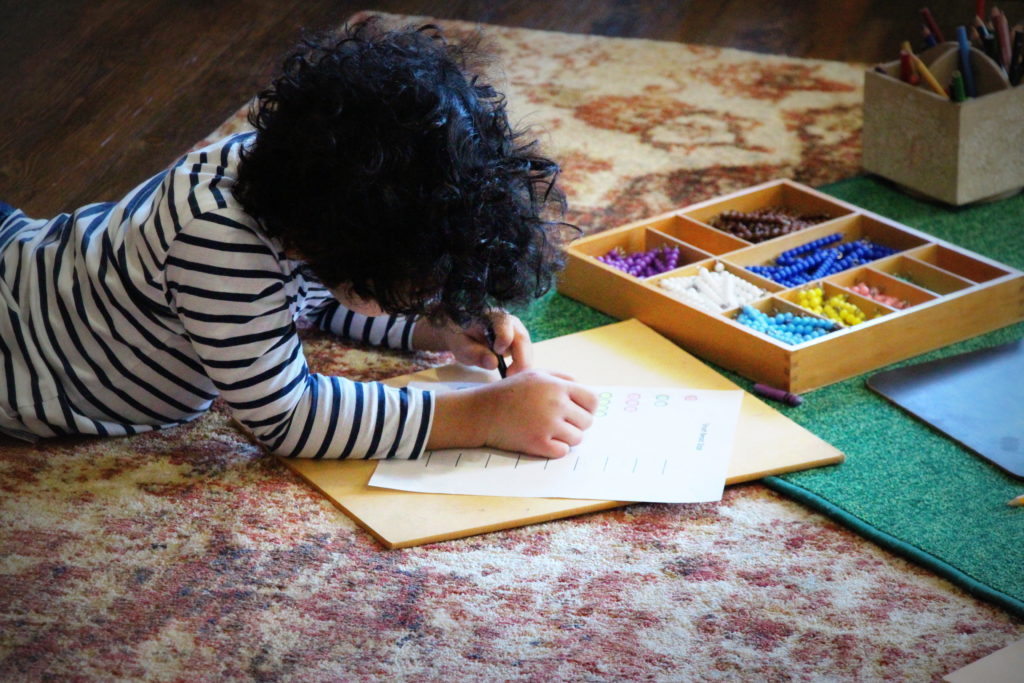
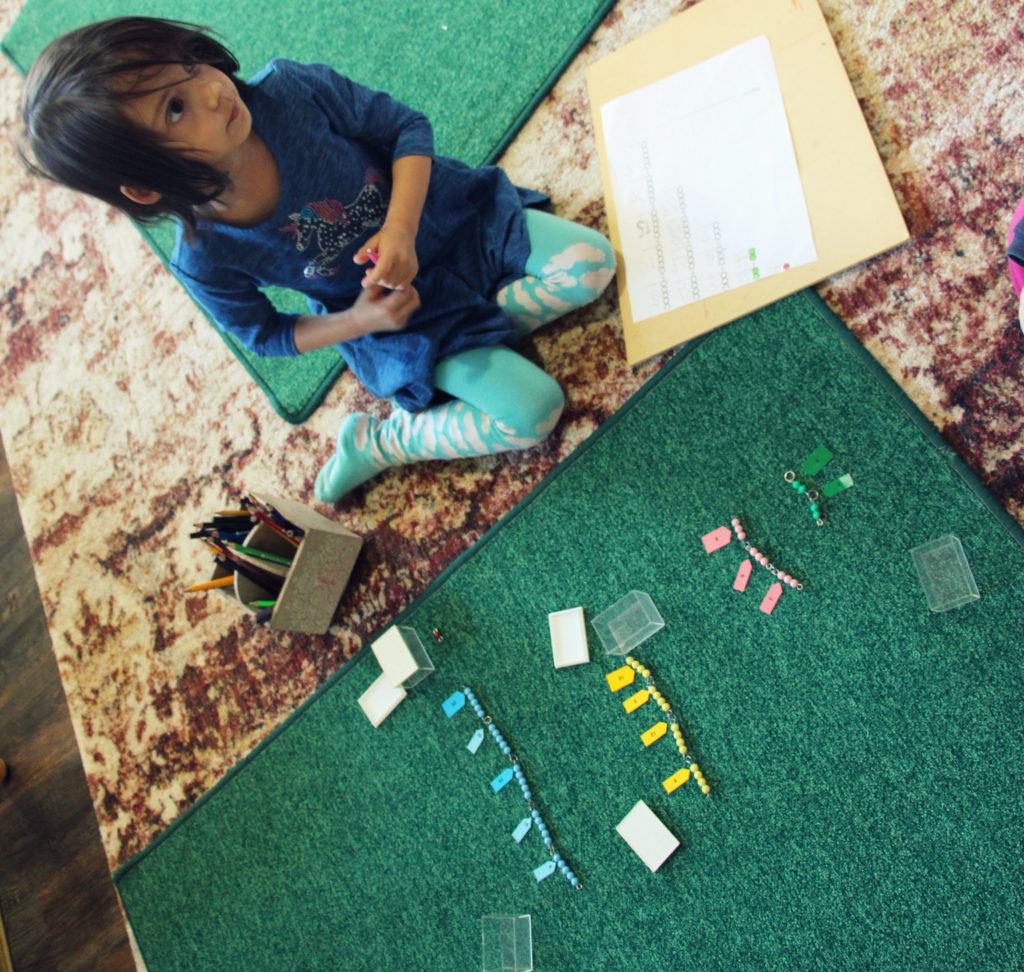





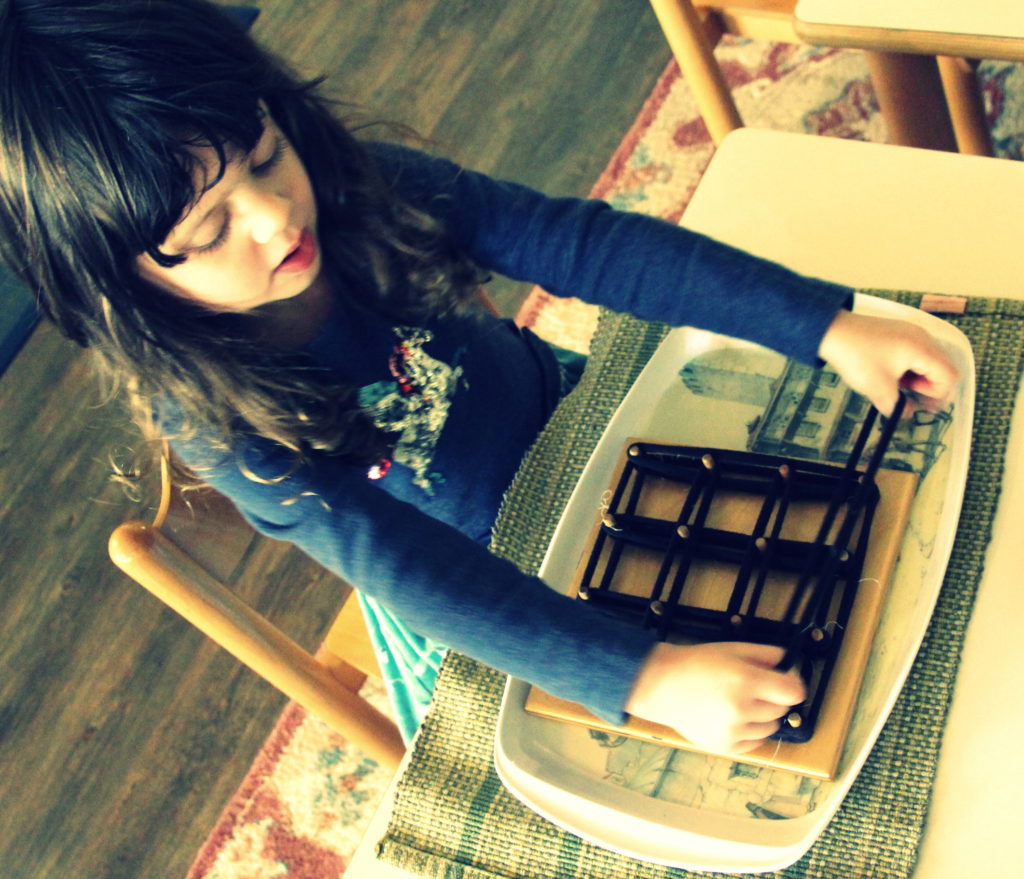
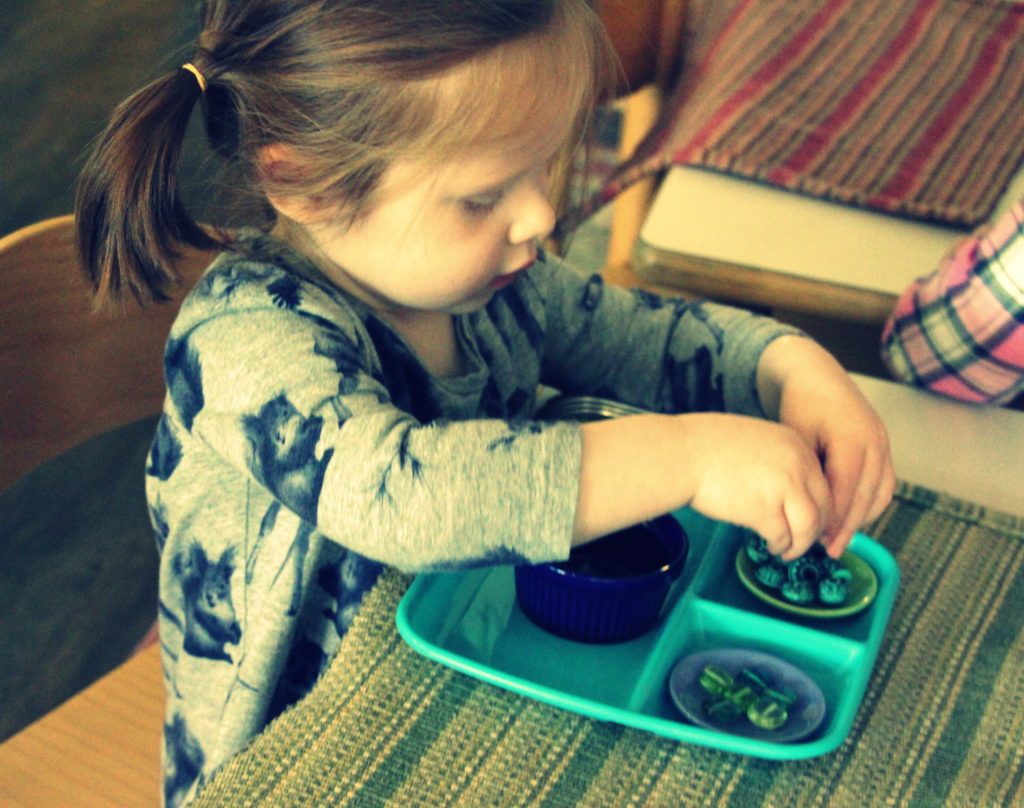


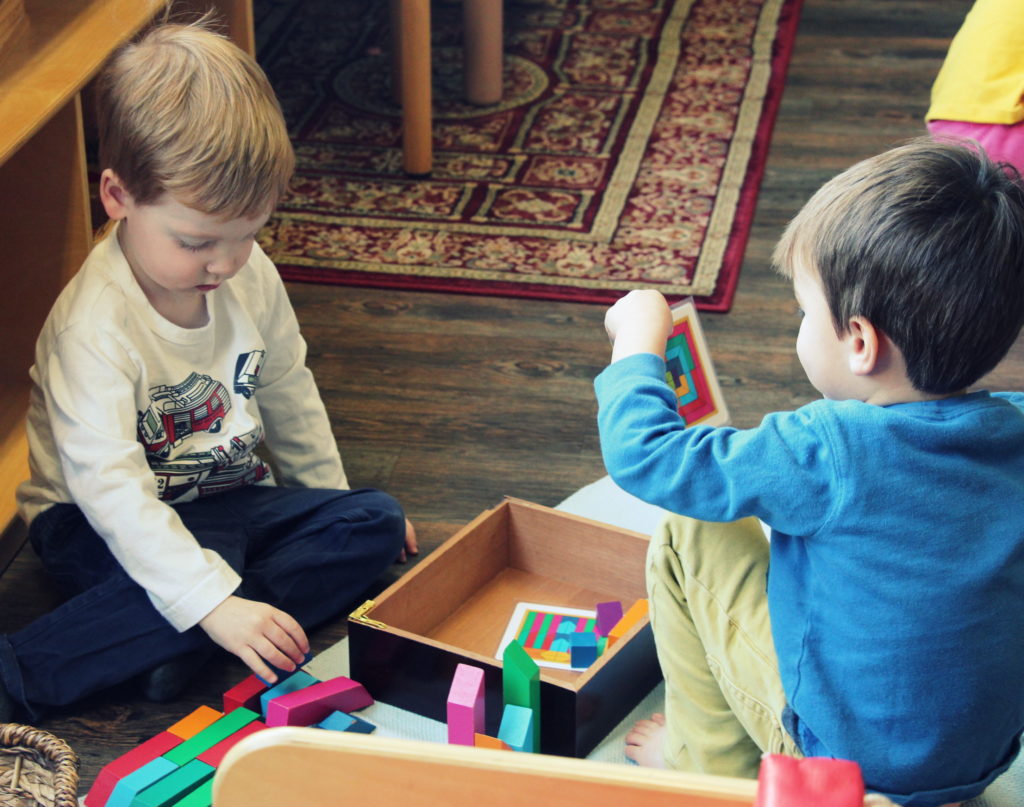

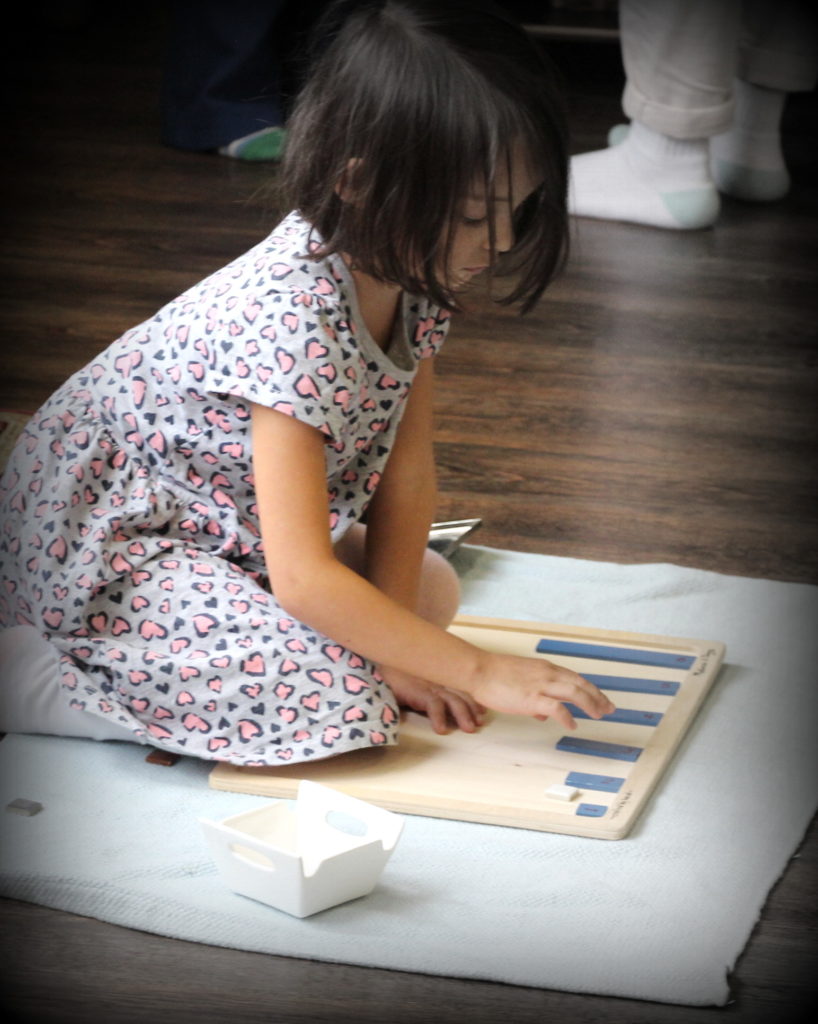





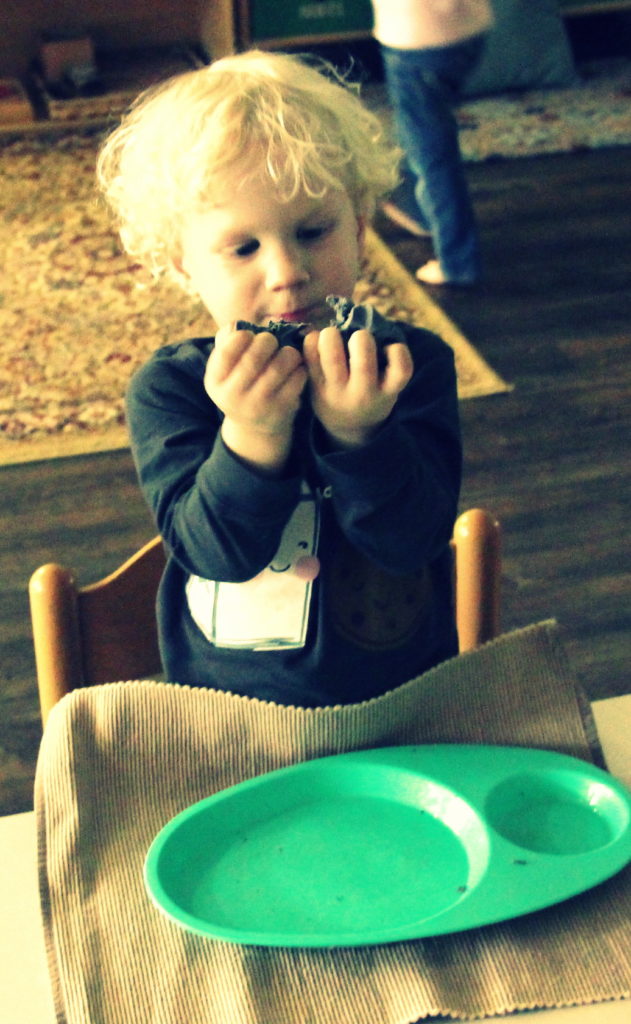


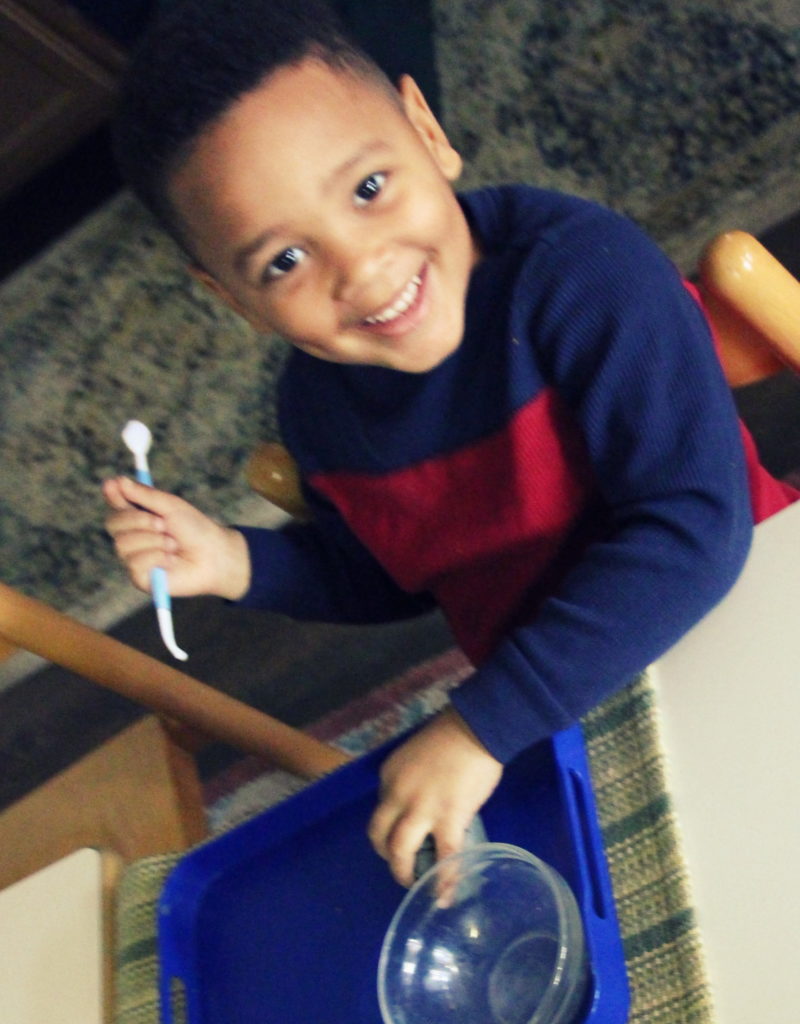









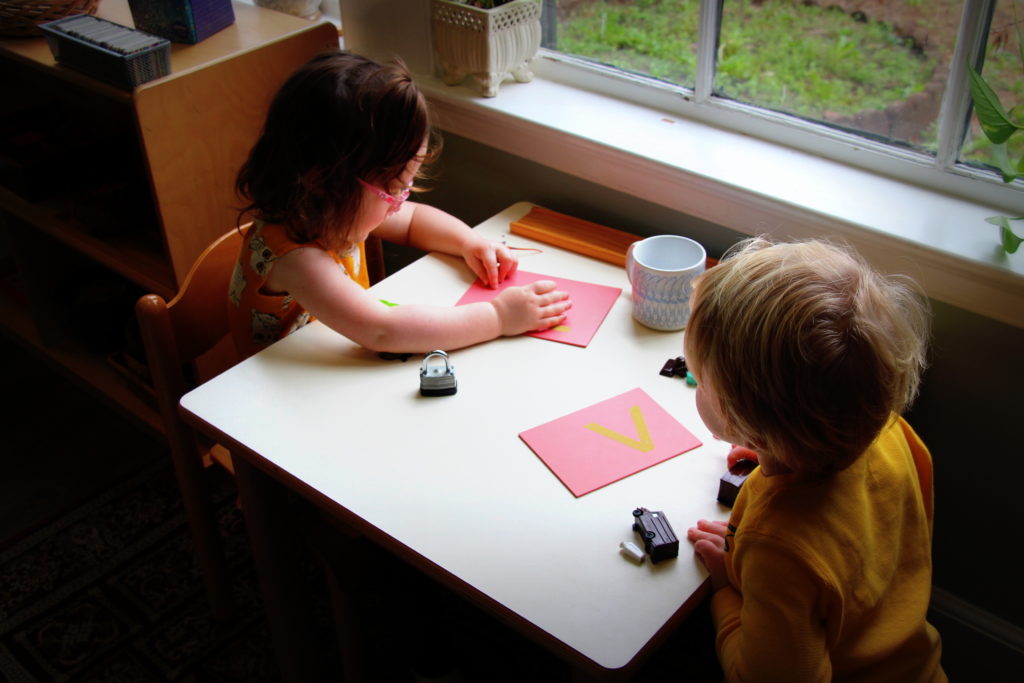
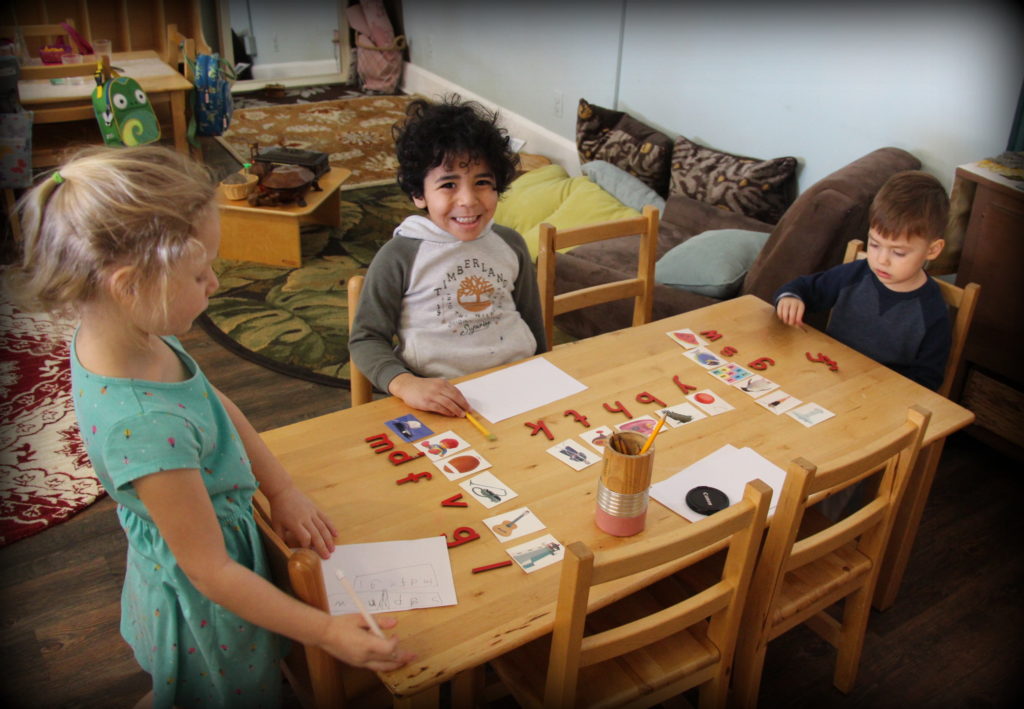


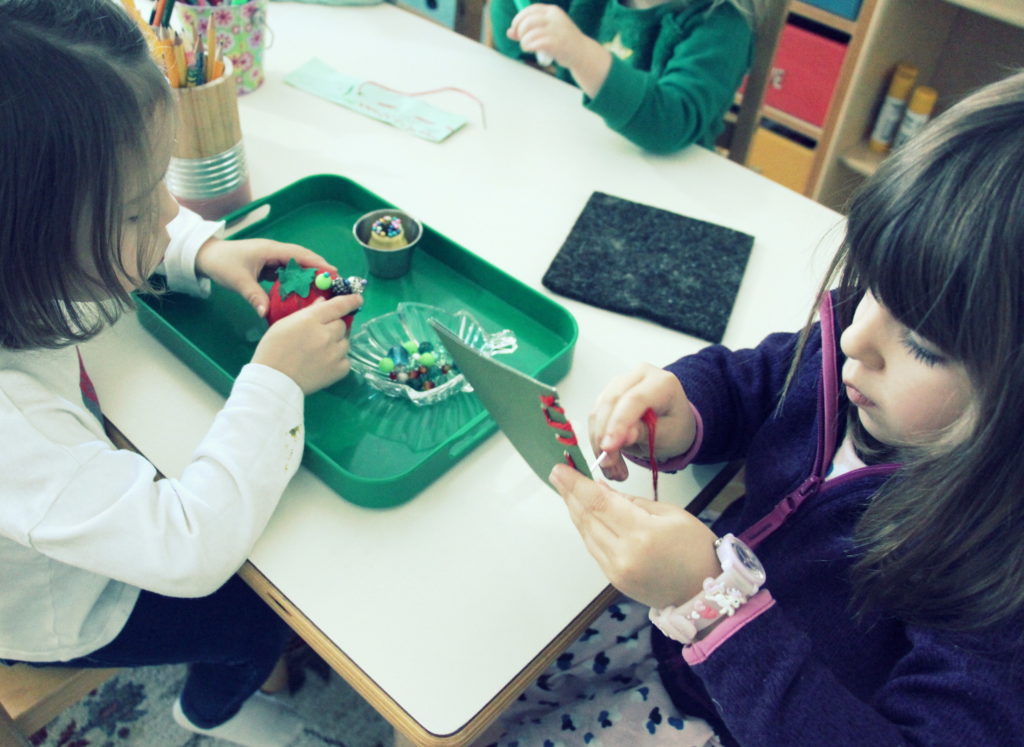
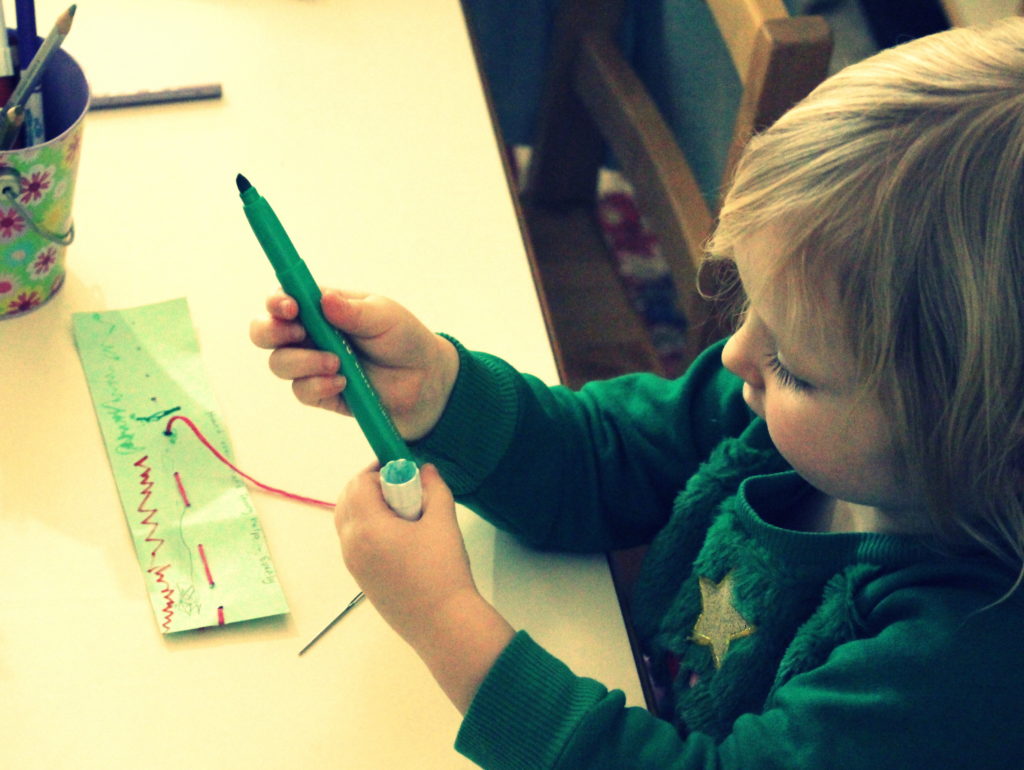
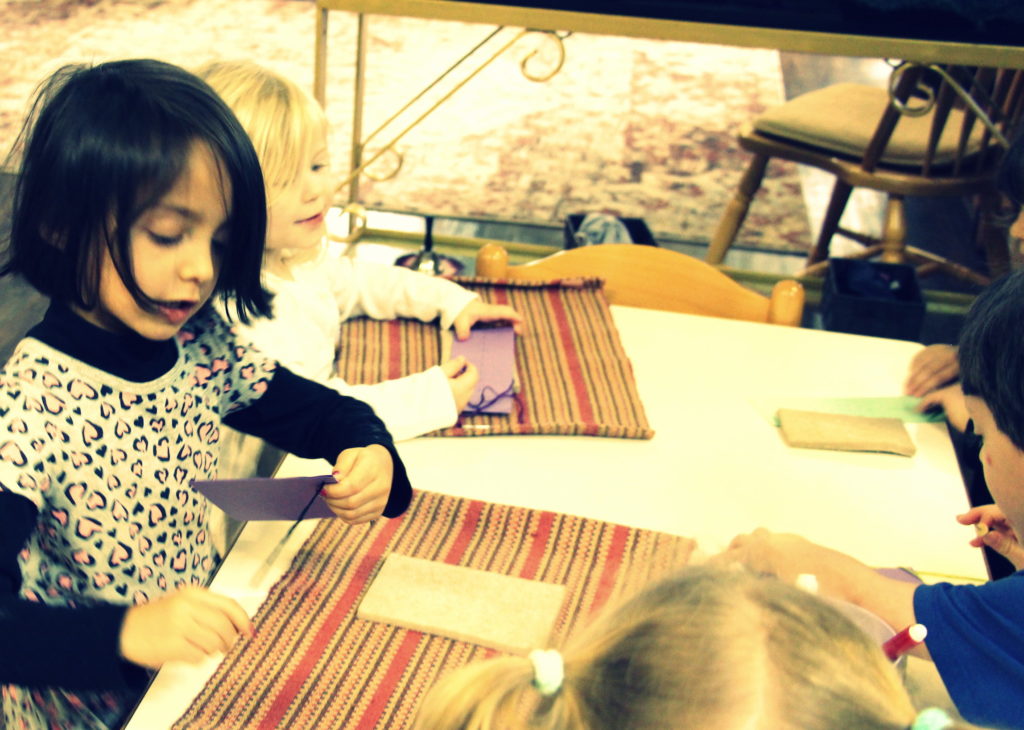
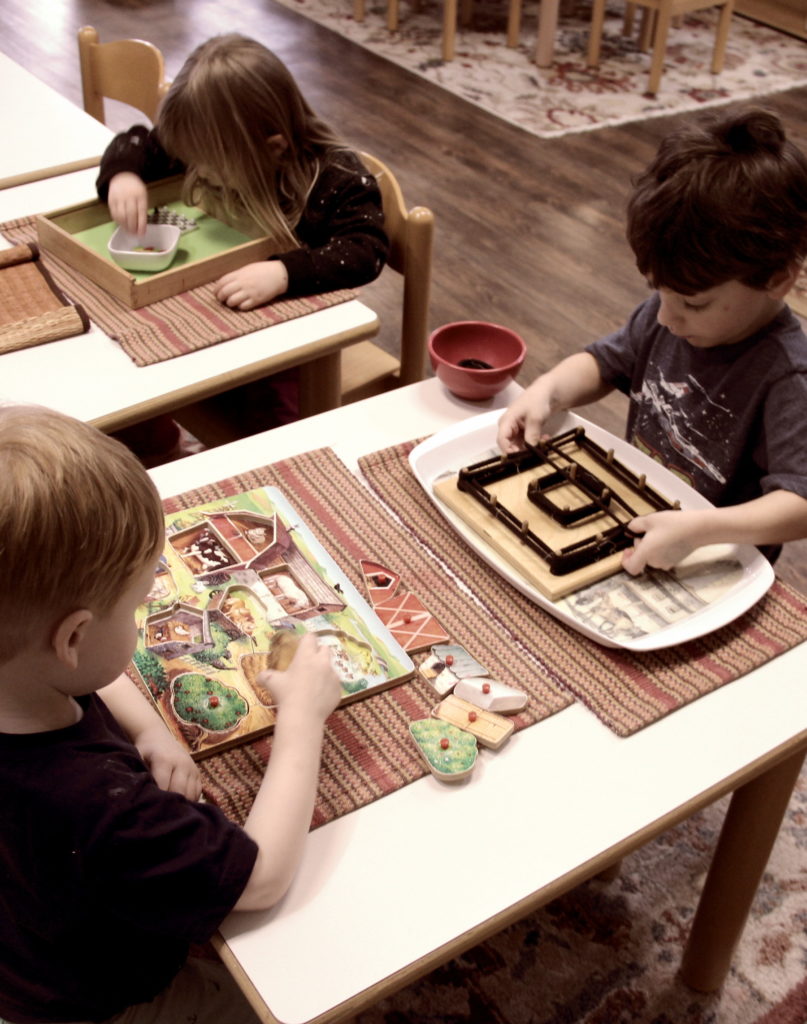







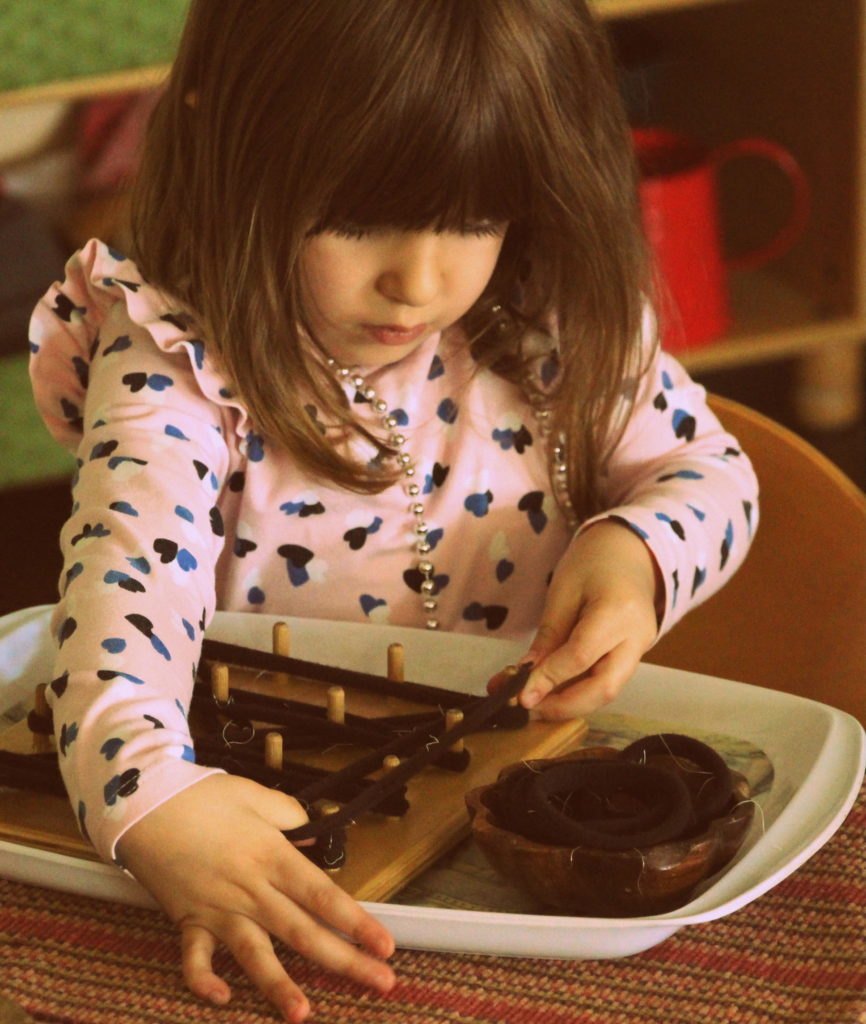

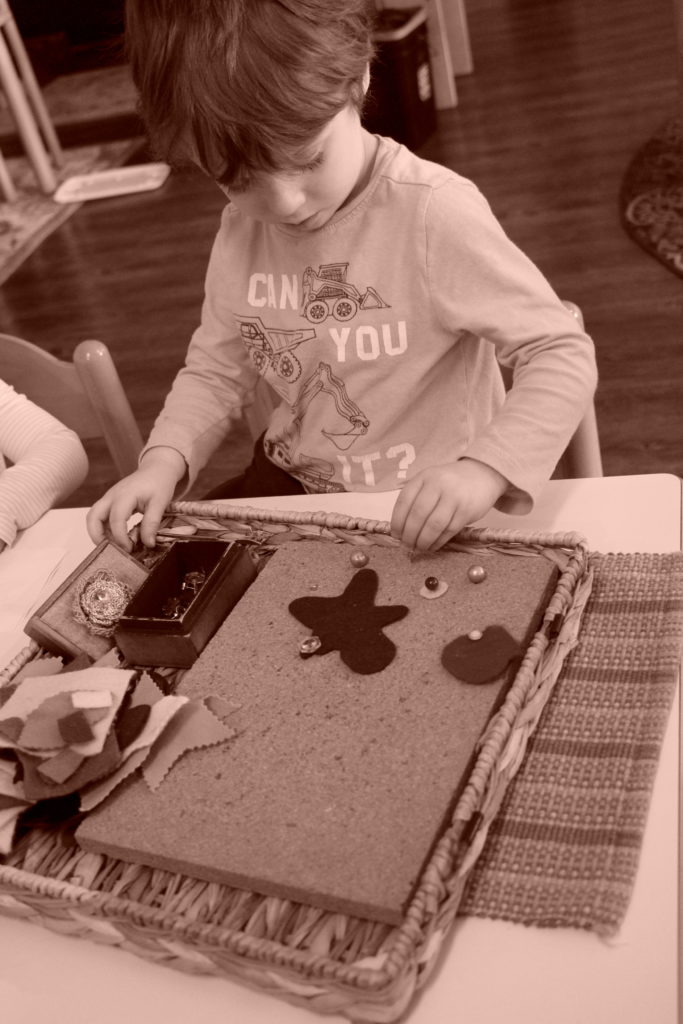

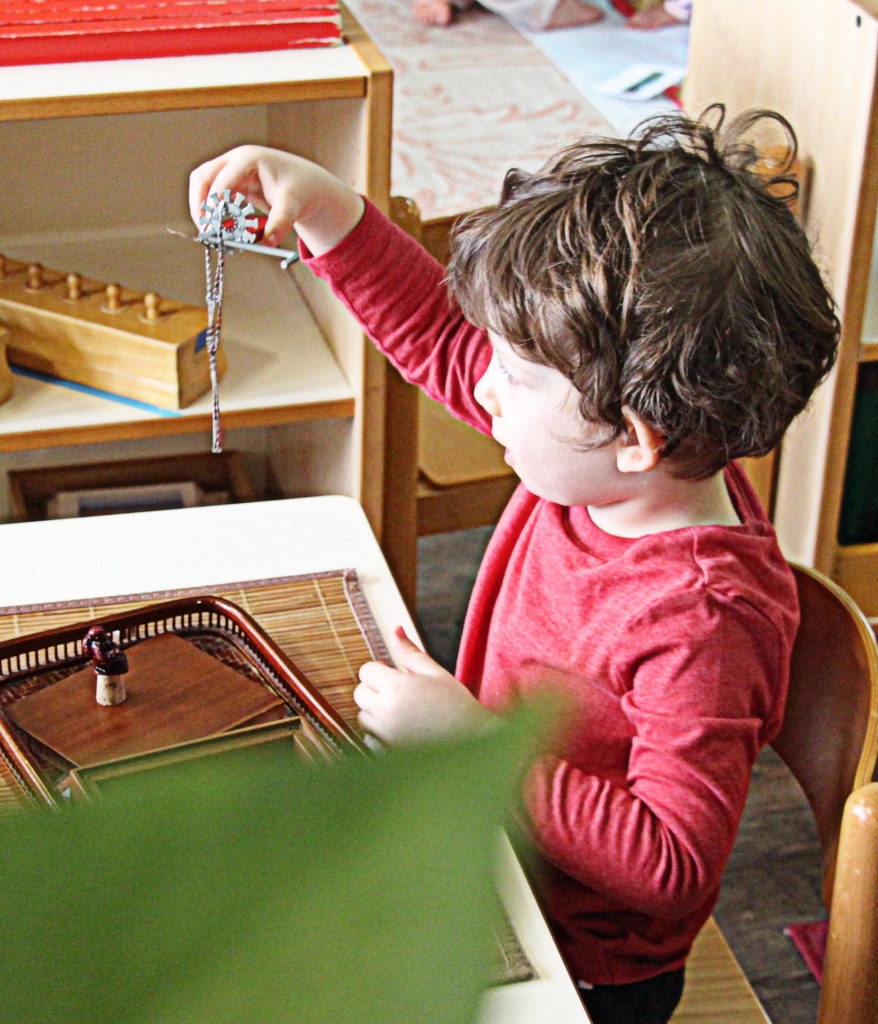
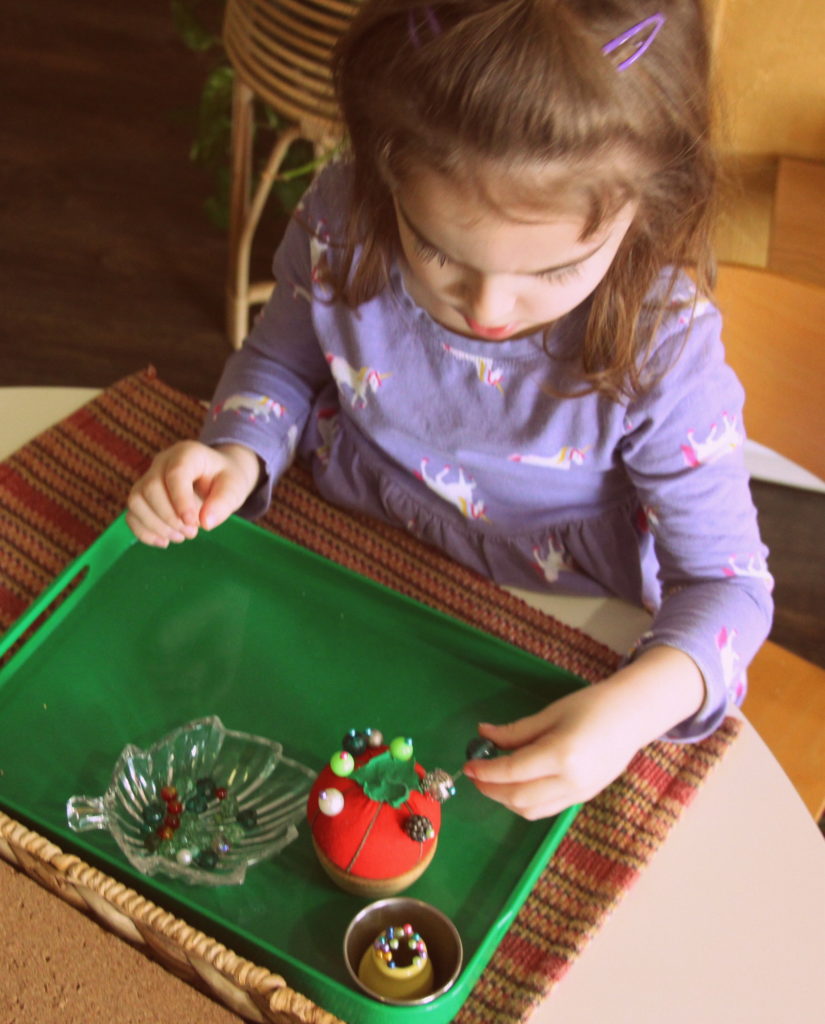

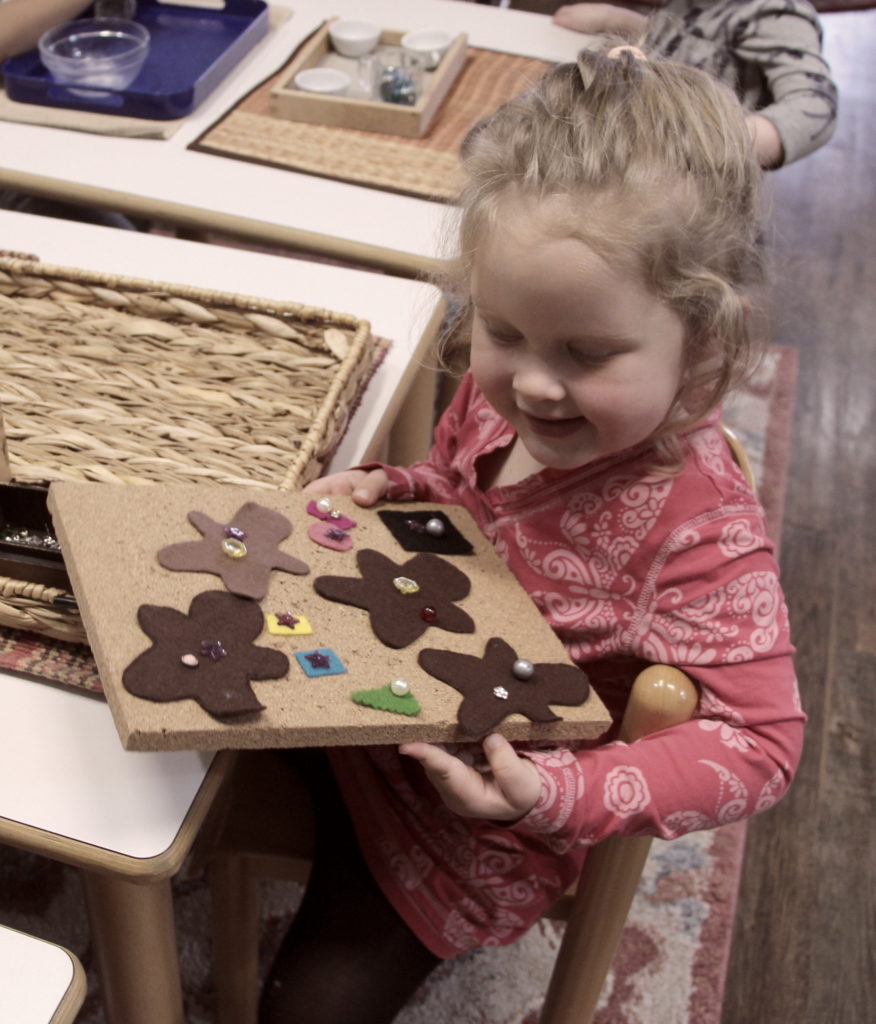
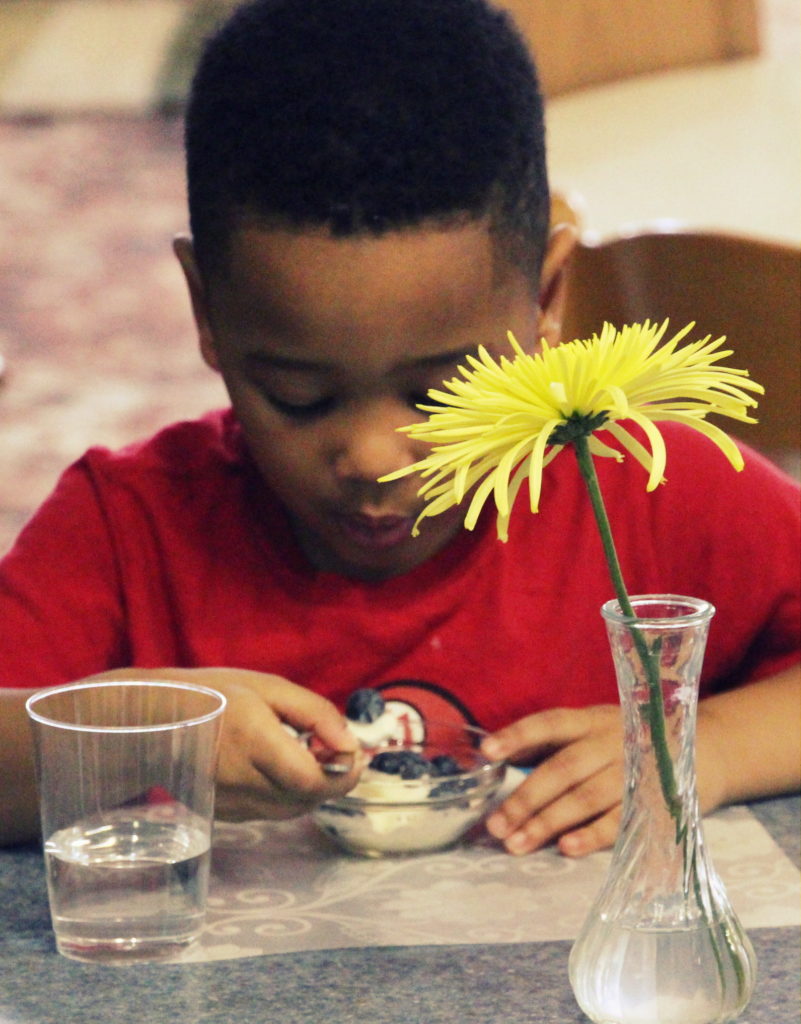




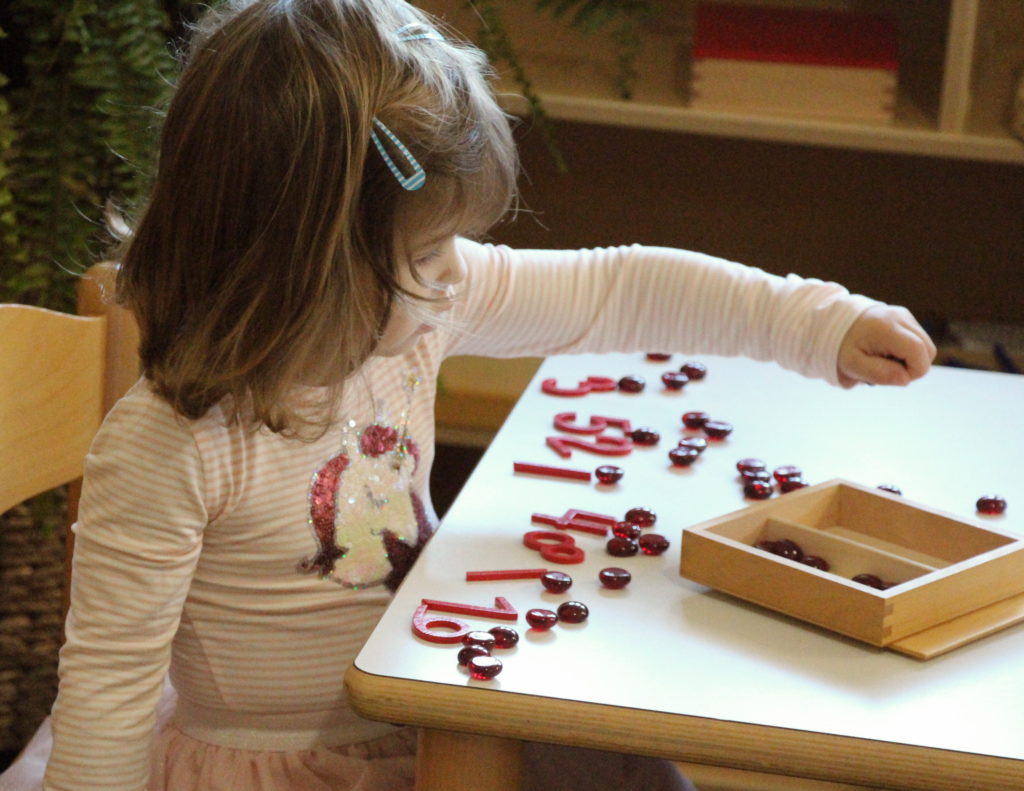





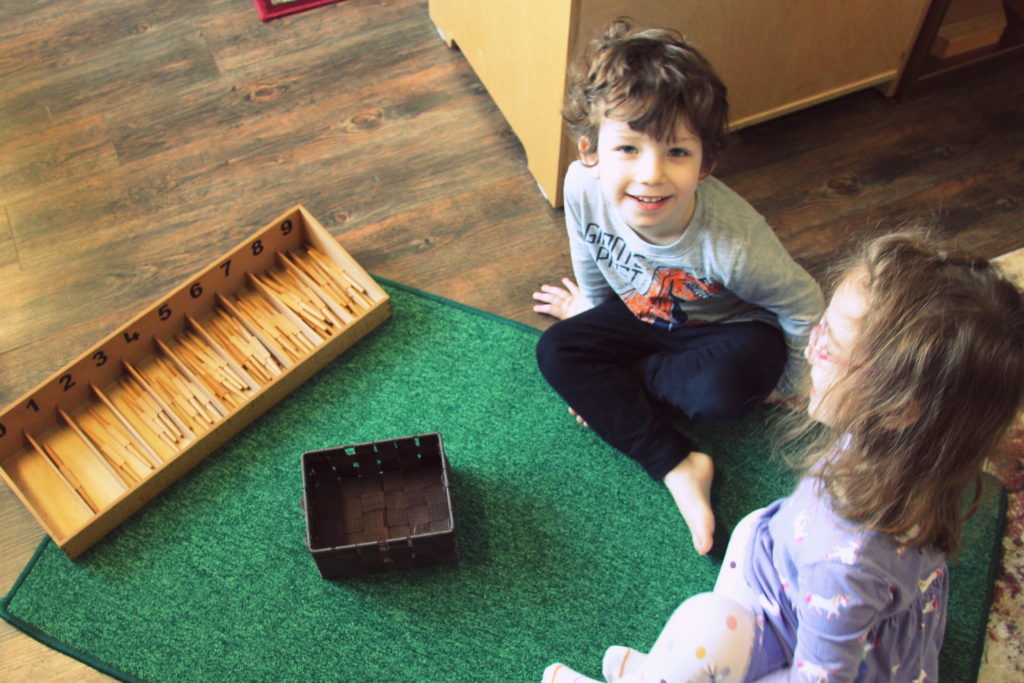


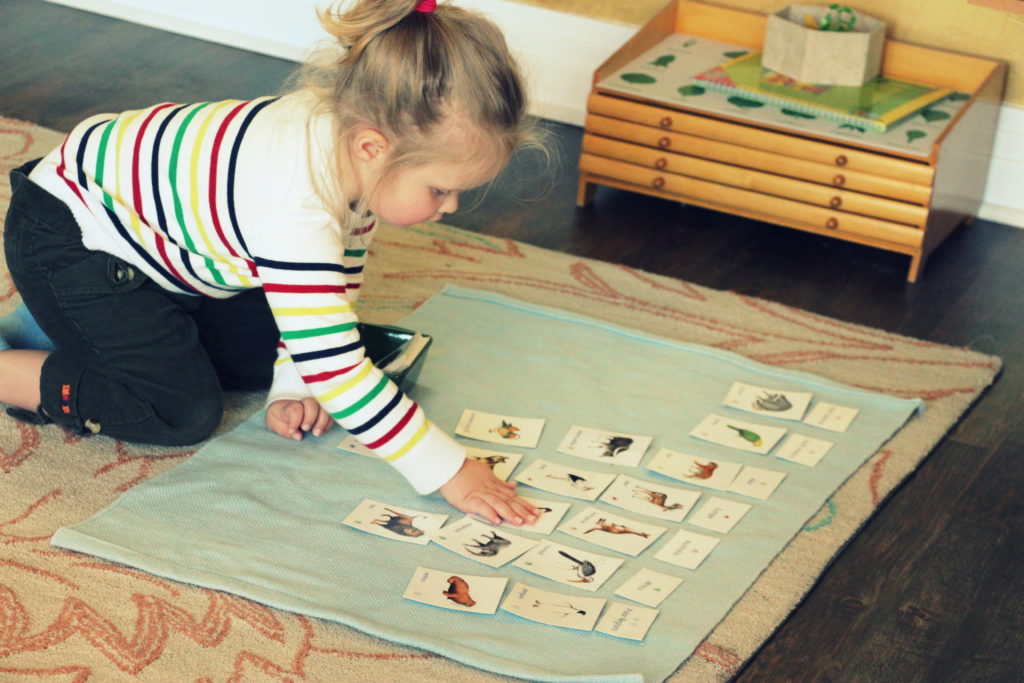




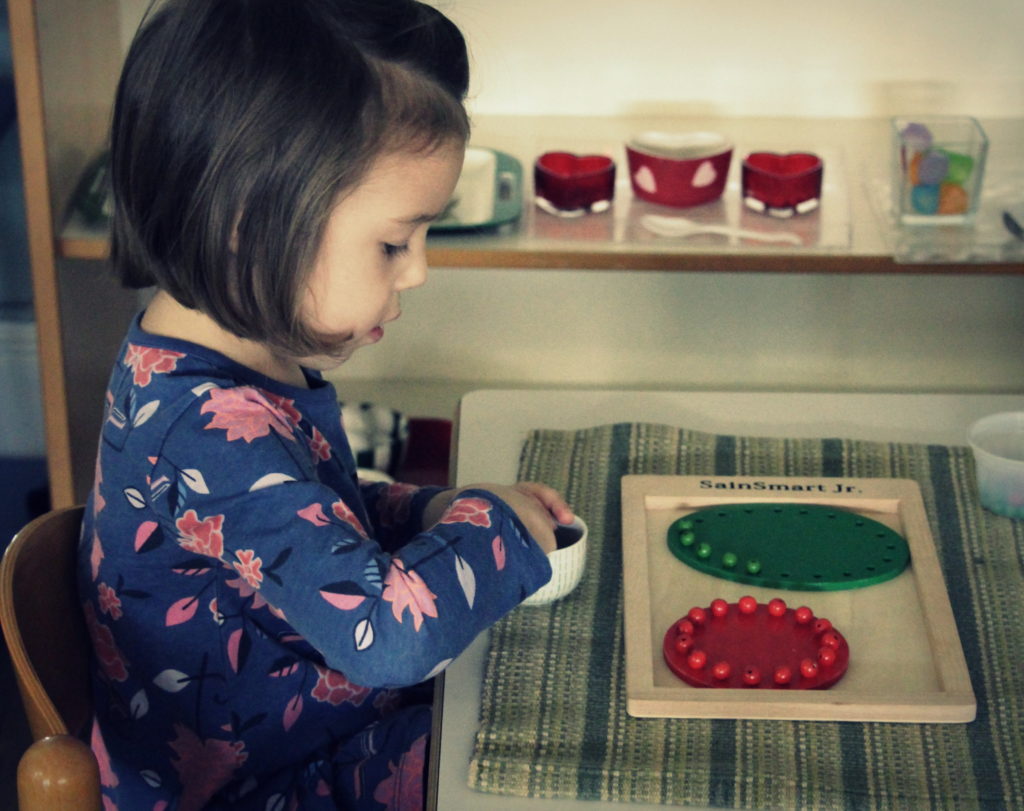



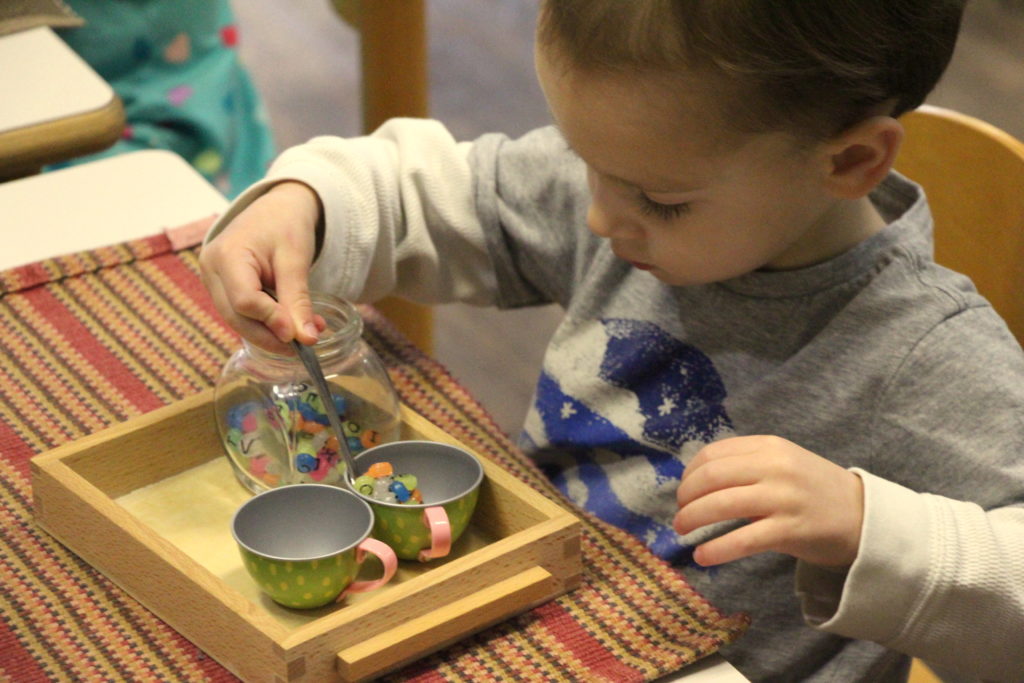







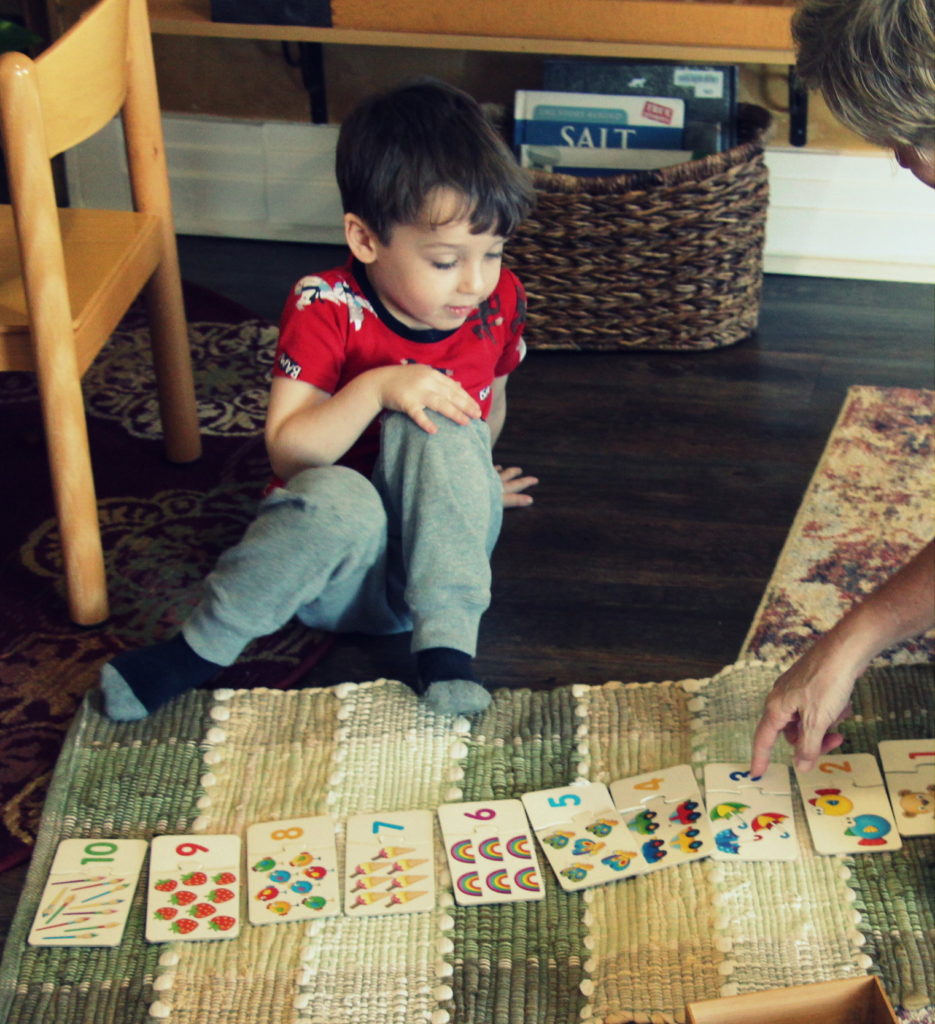

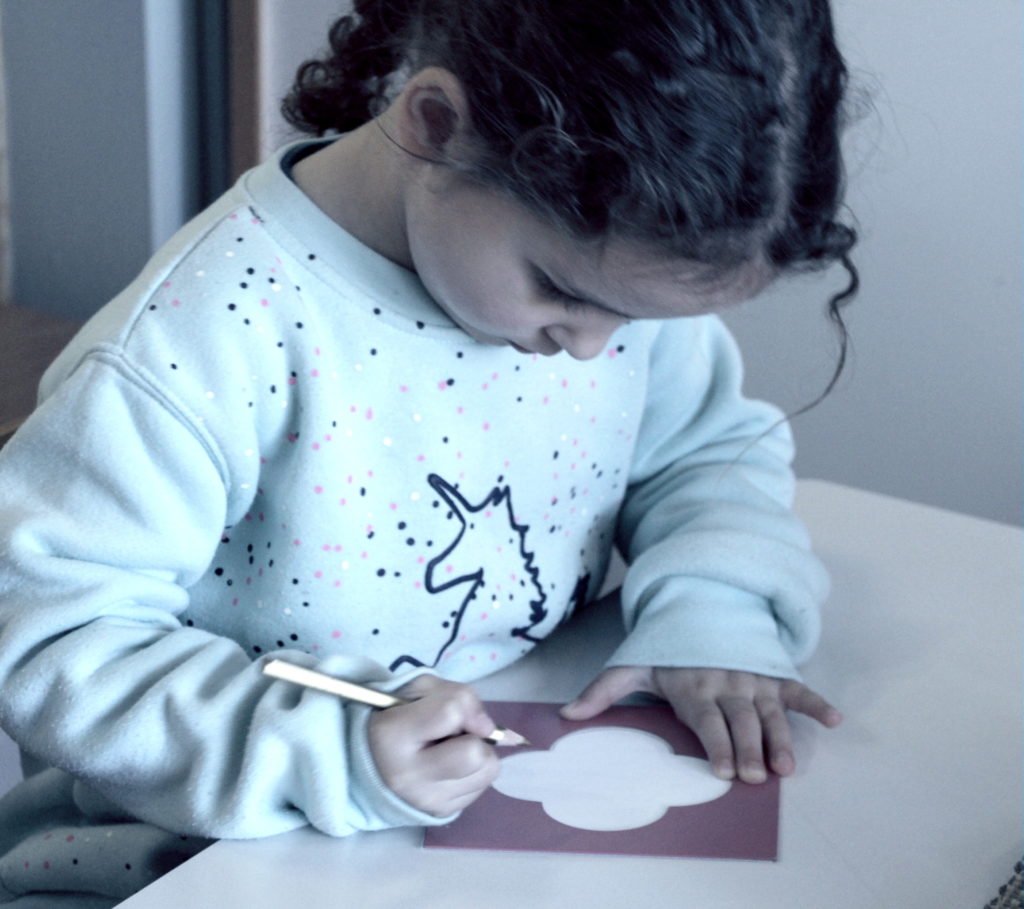




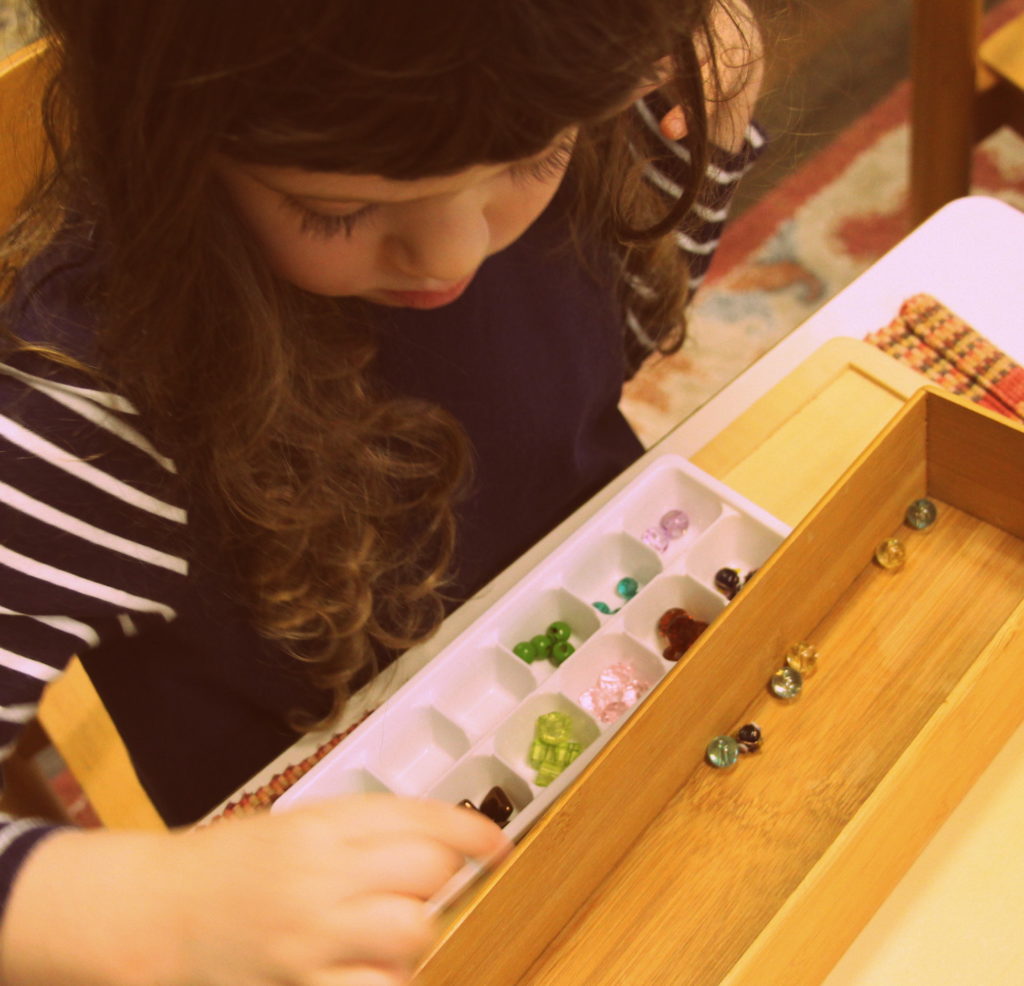

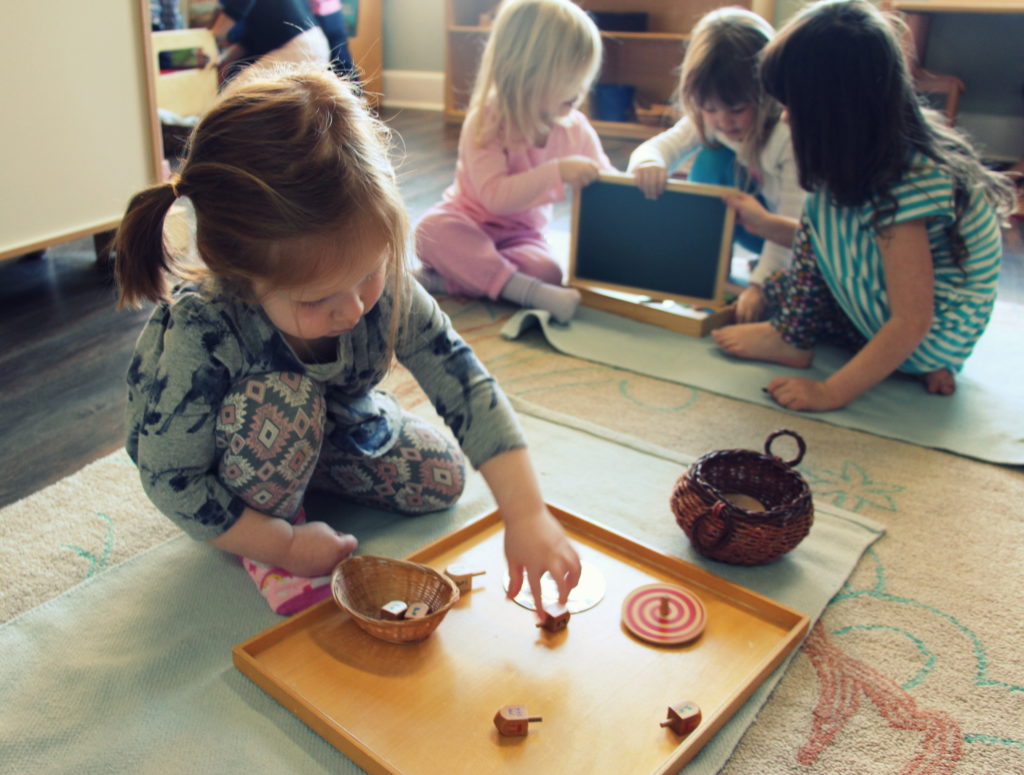

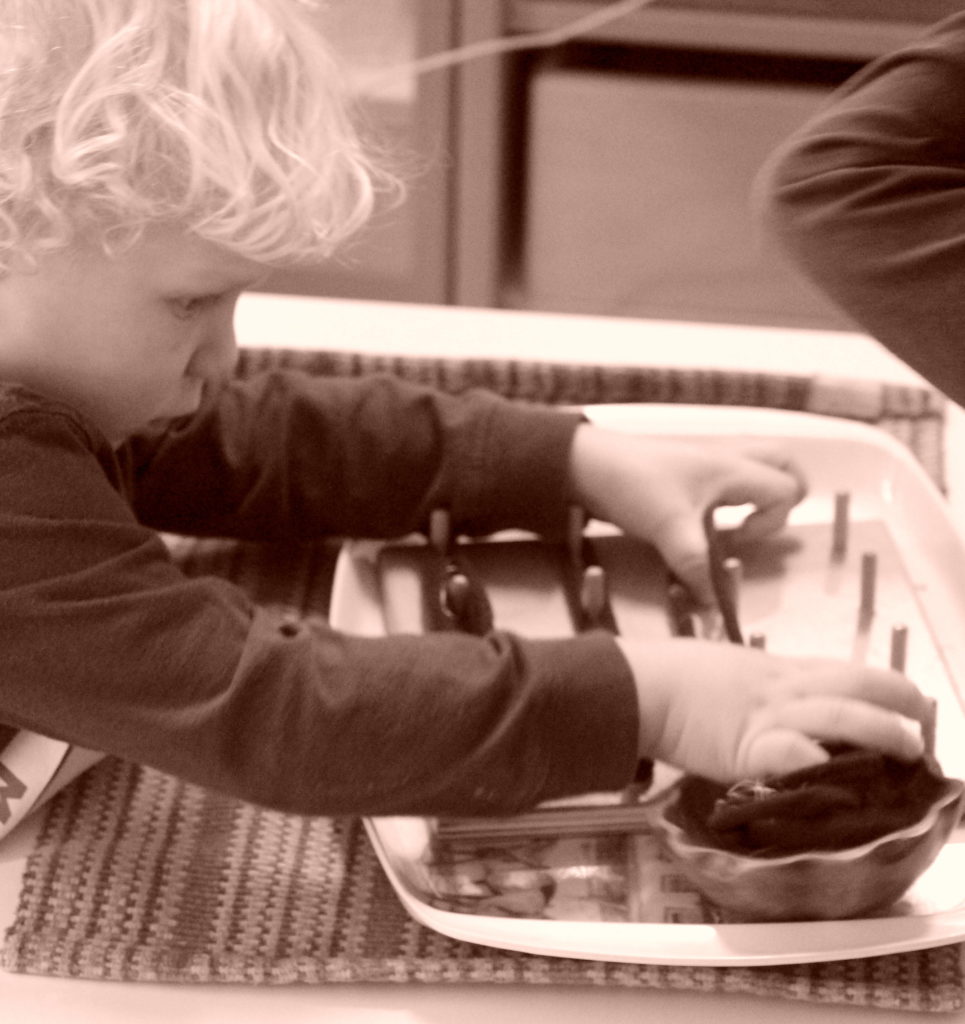





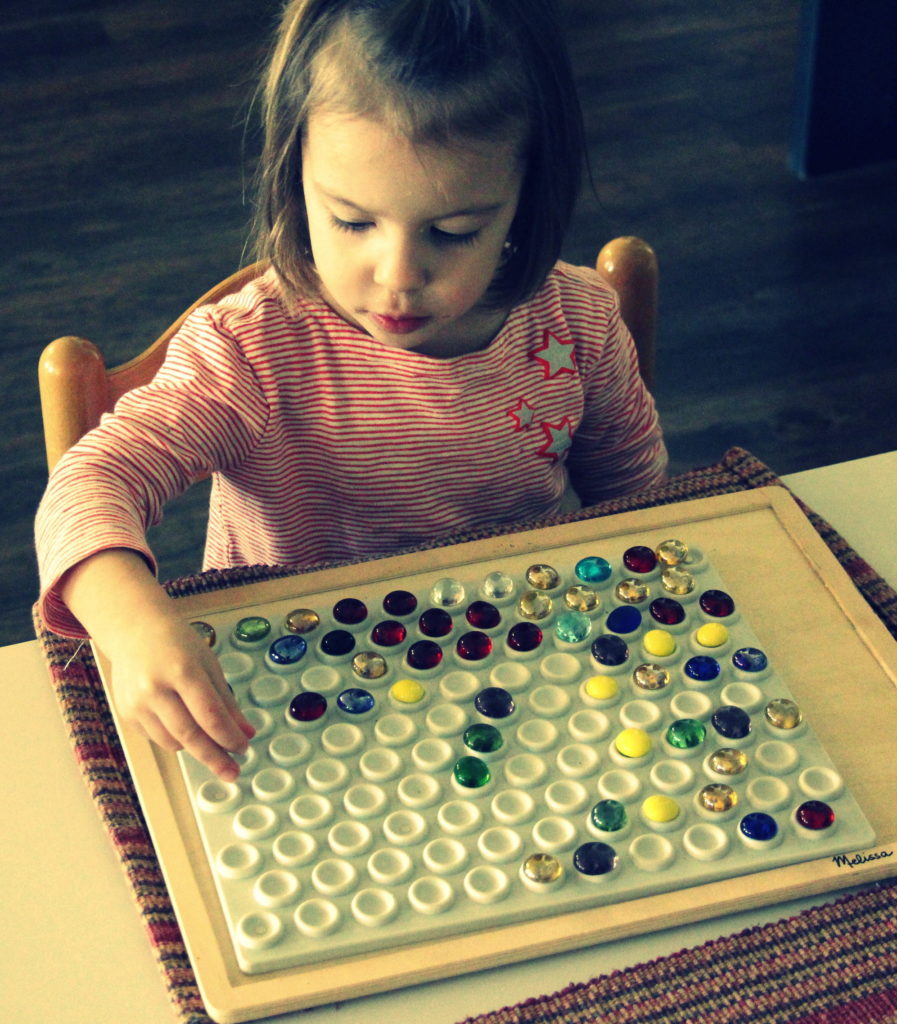

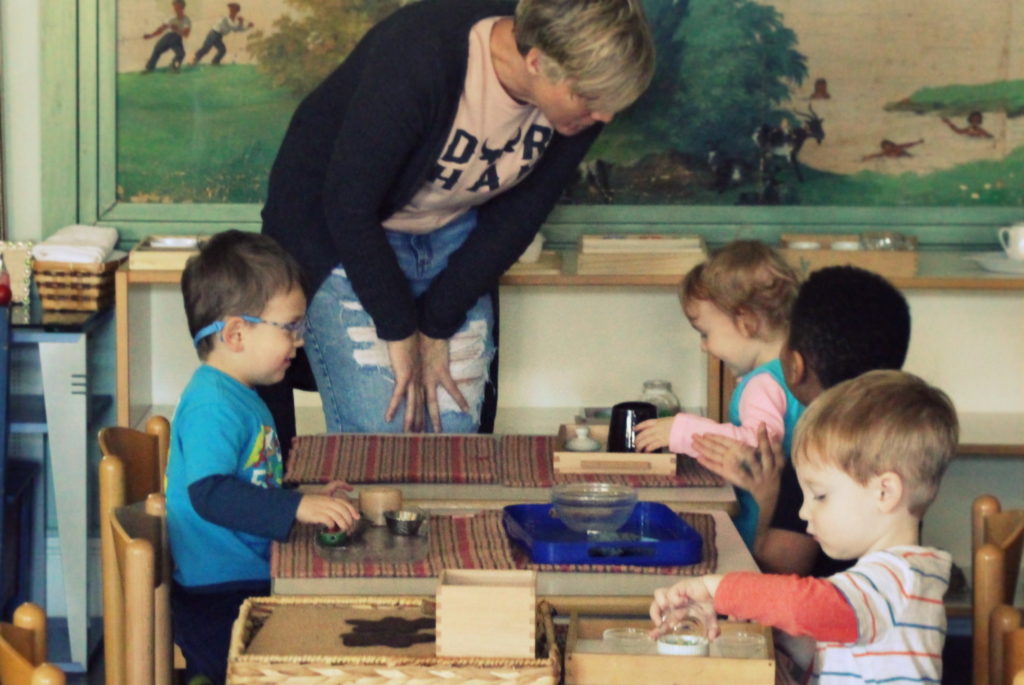

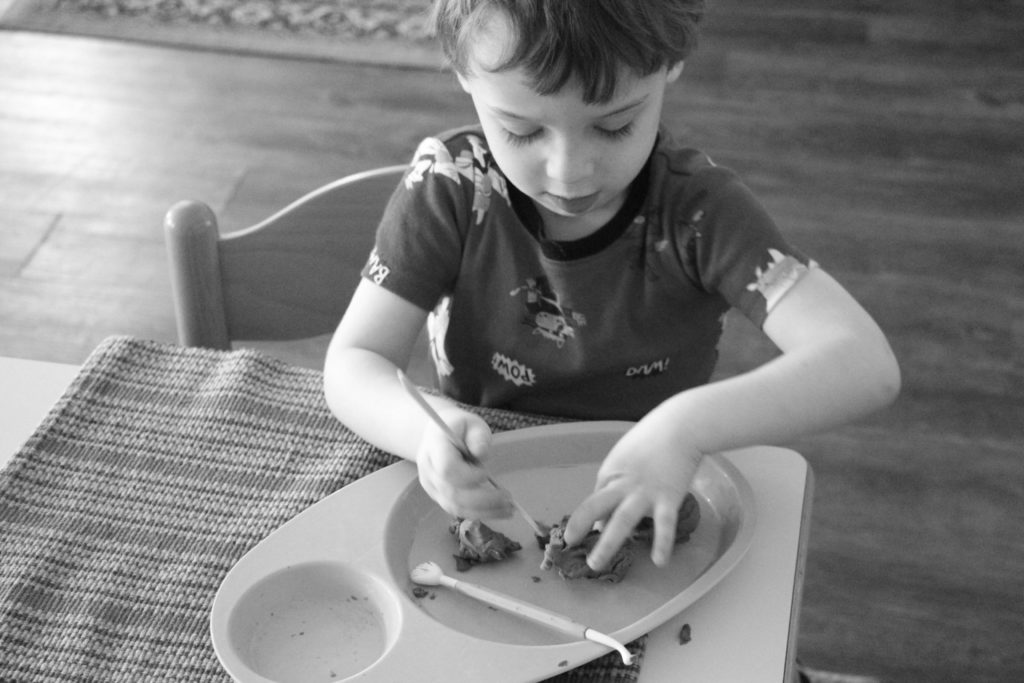








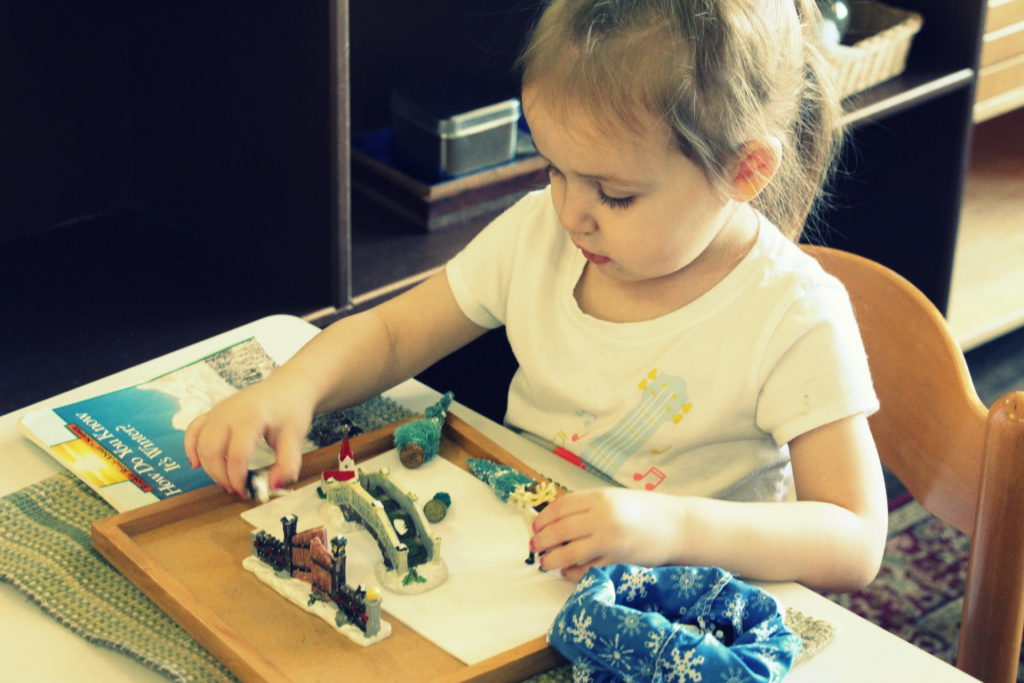



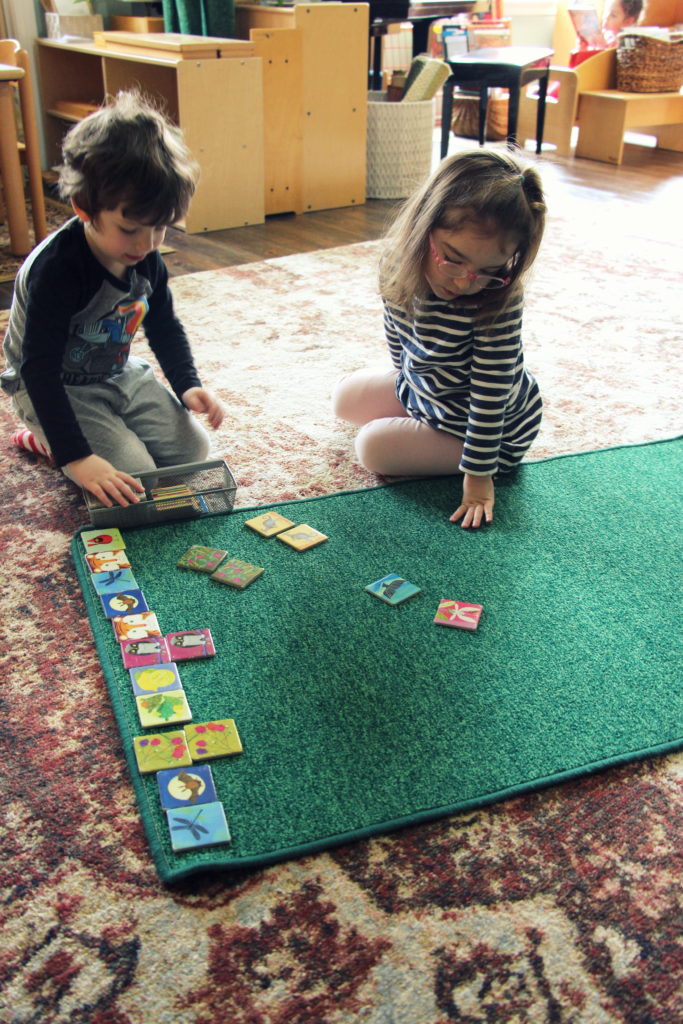
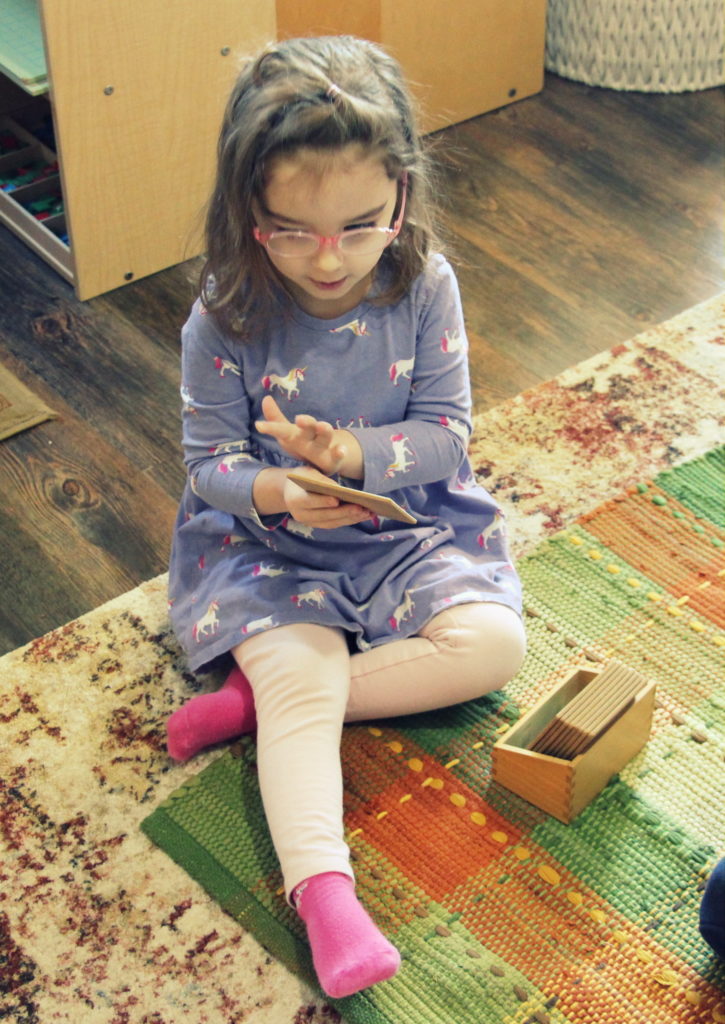

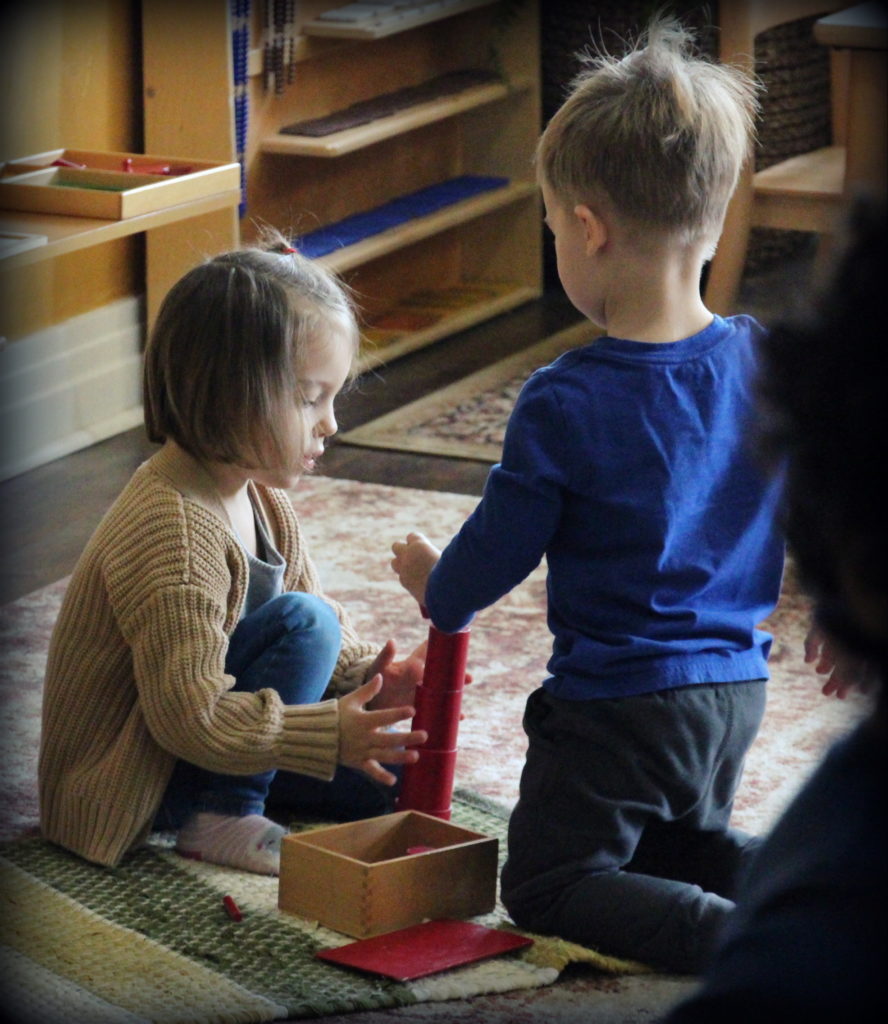


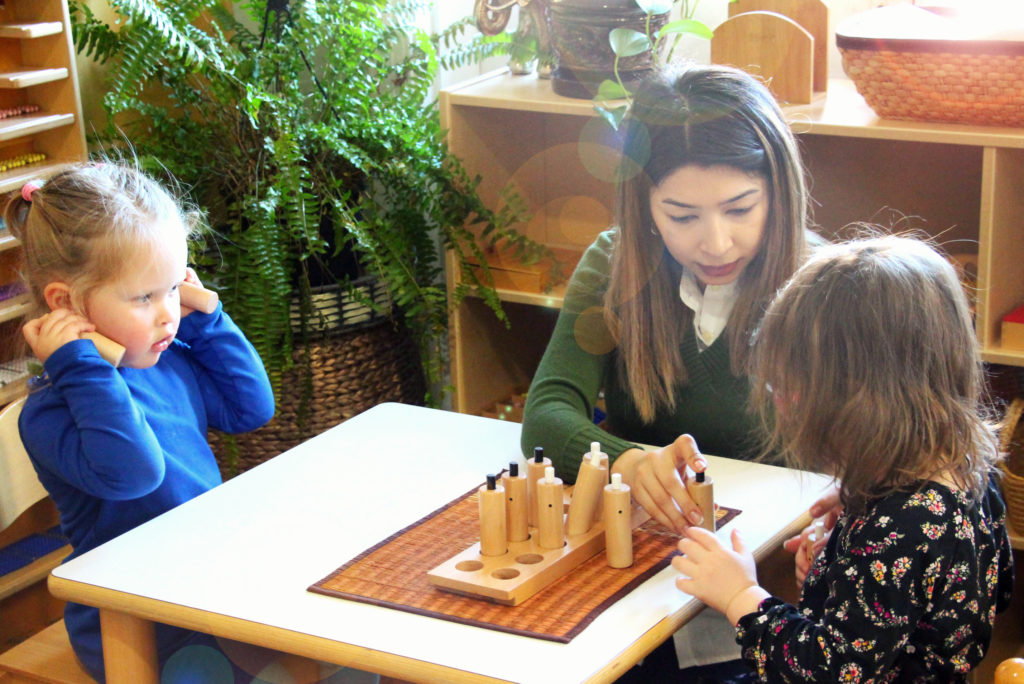








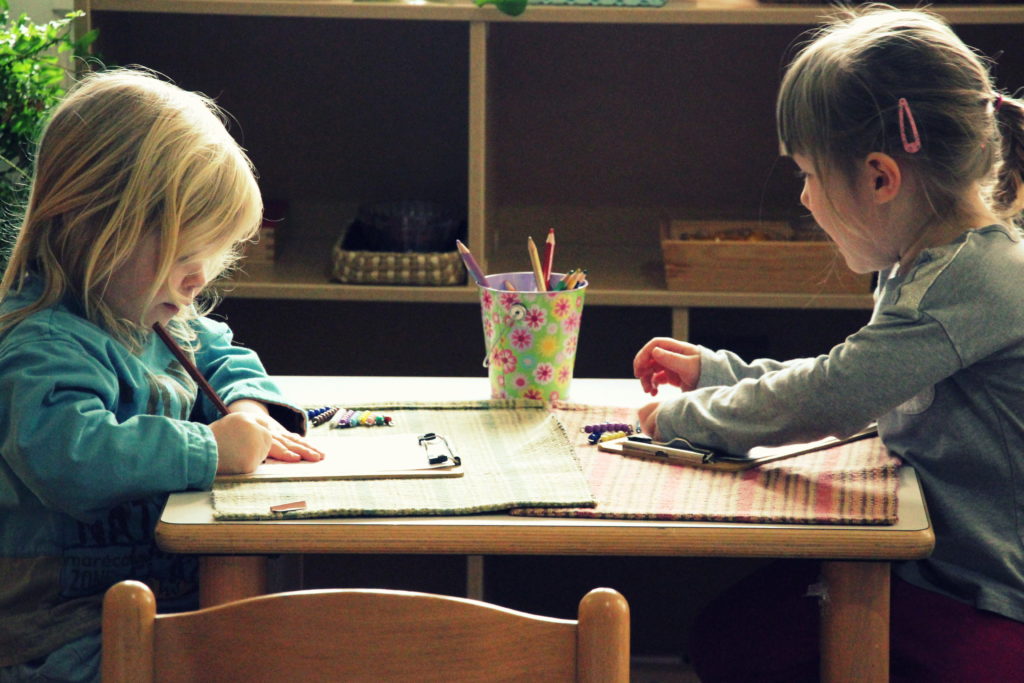
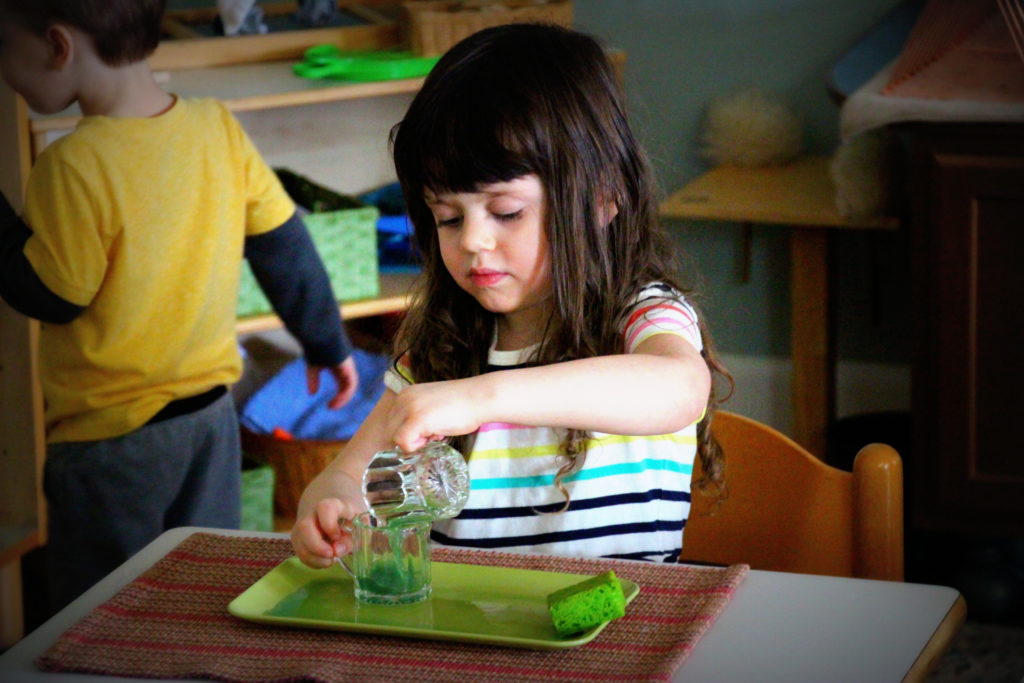
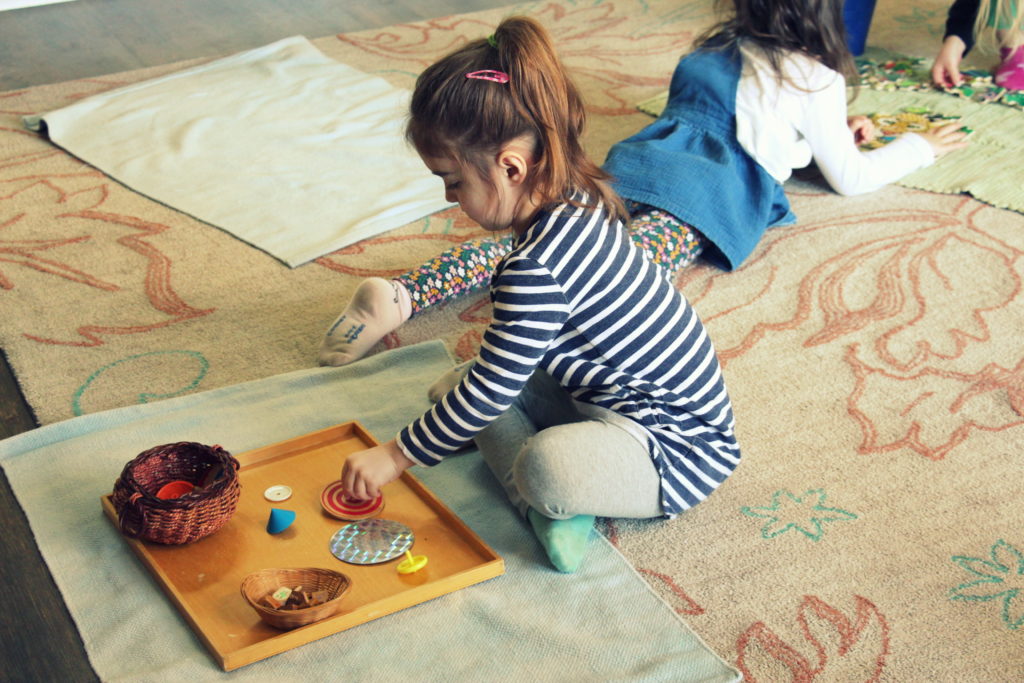












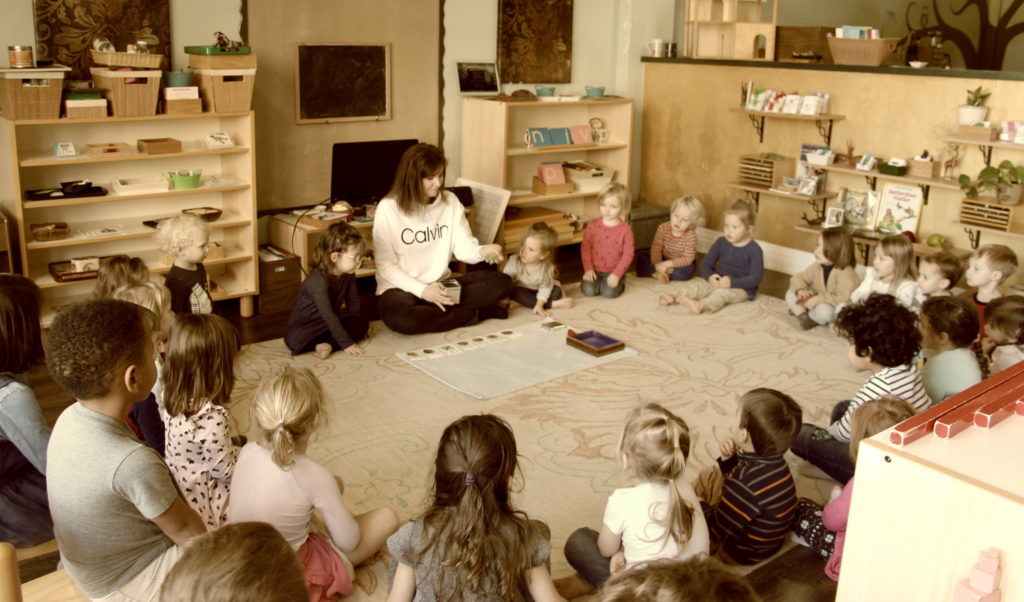
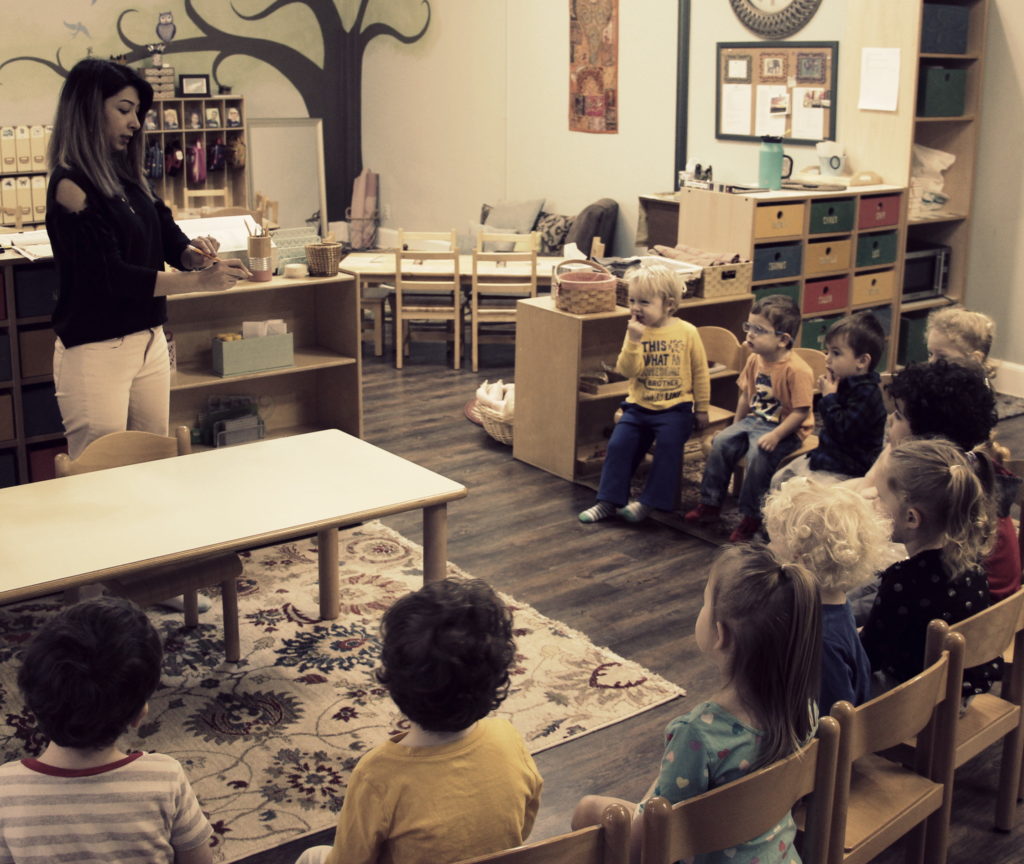



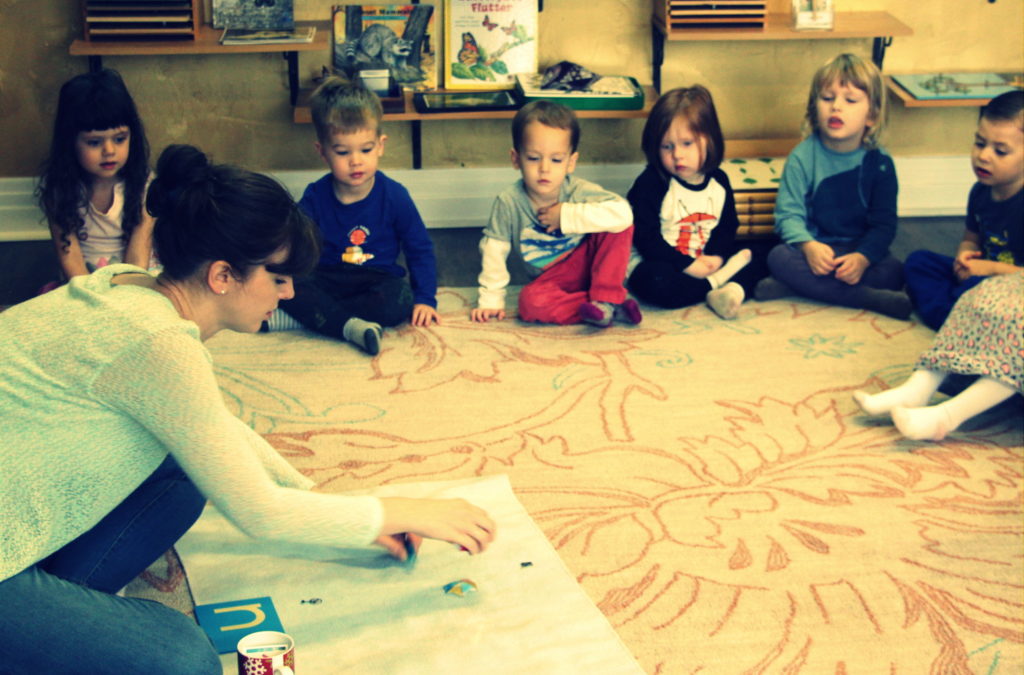


We are so lucky to be a part of this community!
So glad you feel that way, Allan! We all feel the same about y’all 🙂
Really enjoyed this blog and all the wonderful picture of the kids in action – thank you again for everything you do – I will really miss our Indigo family next year when Cy moves up to kindergarten.
And thank you, Sara! We will miss you and Cyrus, too, but at least we have a little more time. We hope to hear many updates once he’s off to Kindergarten 🙂
What an amazing variety of works! I enjoy looking at all of the different works, because when Theo says he worked on something I can understand a little more! “Poem work?” “Po work?” ah…”Pouring work!” and he wasn’t kidding about the “Clock work!”
Hahaha! That’s so funny. I imagine many other parents can relate to hearing some weird work names that are kind of hard to explain without the visual. Glad this helped!
Thank you for the detailed update and all the pictures! Spencer was very excited to look through them and name all his friends.
Yay, glad to hear that he got to go through the photos with you!
Finally got to go through these with Caleb — so fun to see his smile at the pictures, and so glad to have a sense of what they are learning these days. Thank you Angelique!!!
So glad you shared them with Caleb! I’m sure he had a lot to say. You’re very welcome, and thanks for checking in!